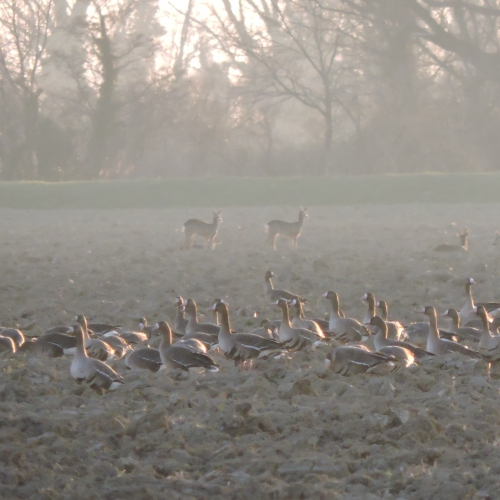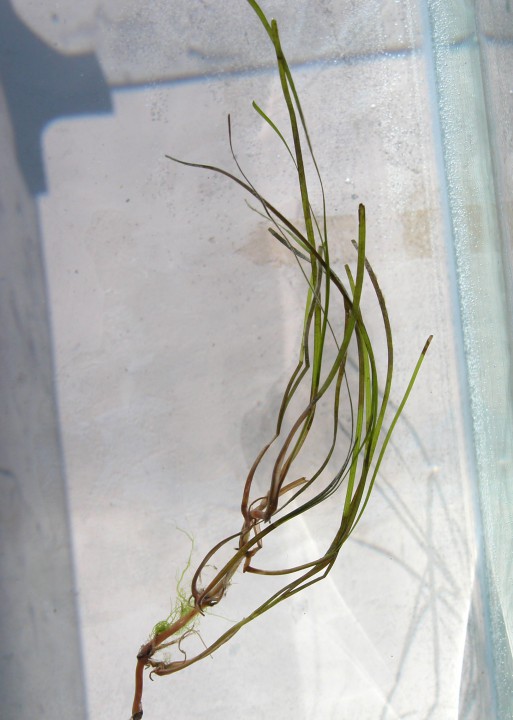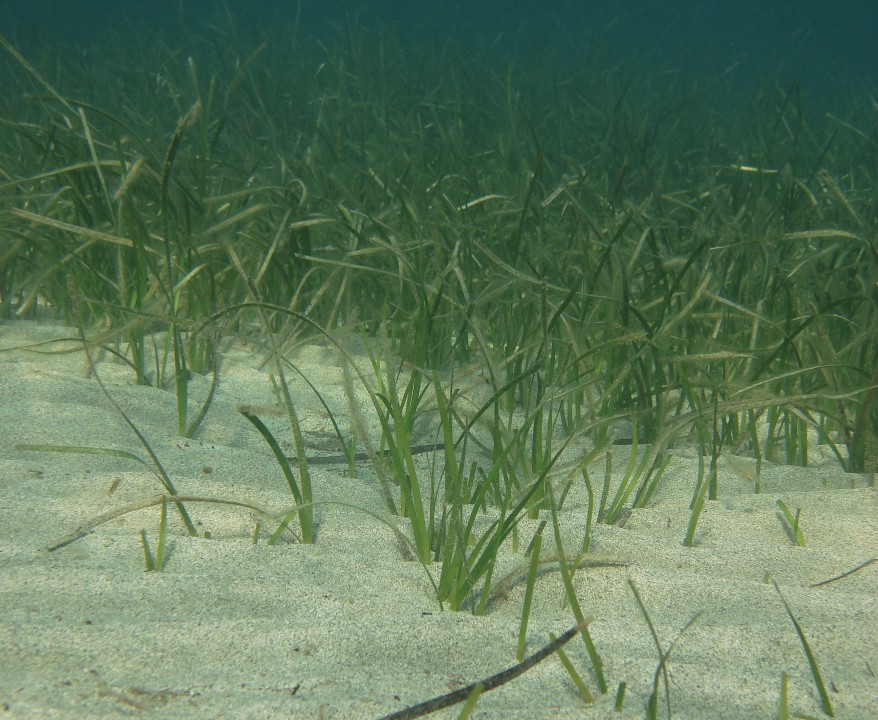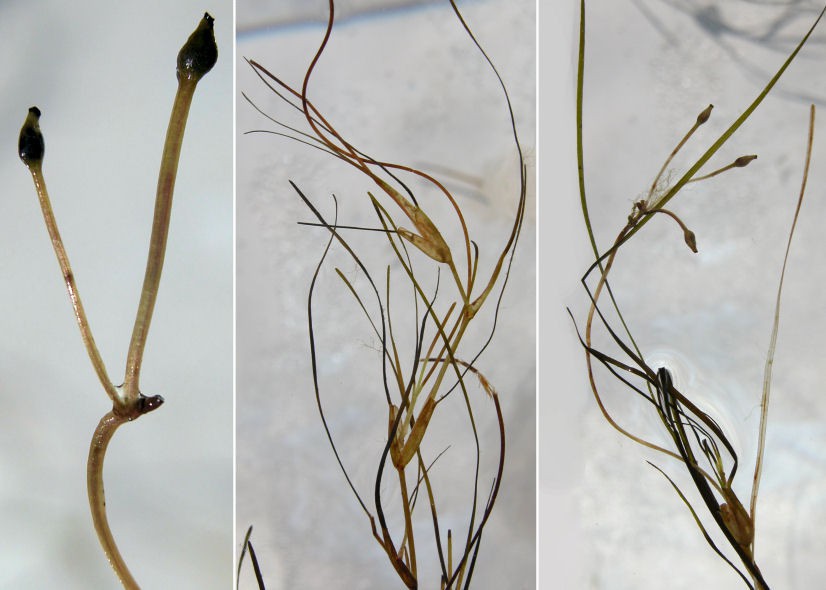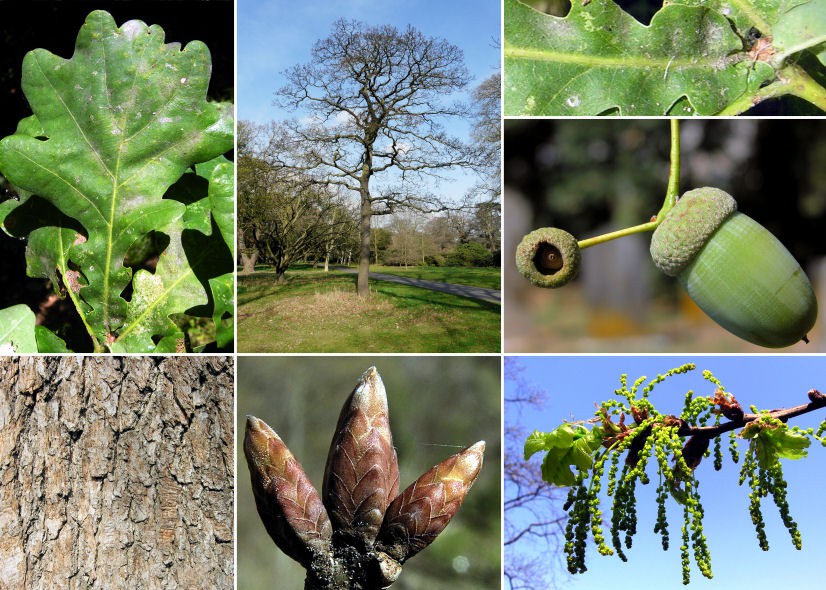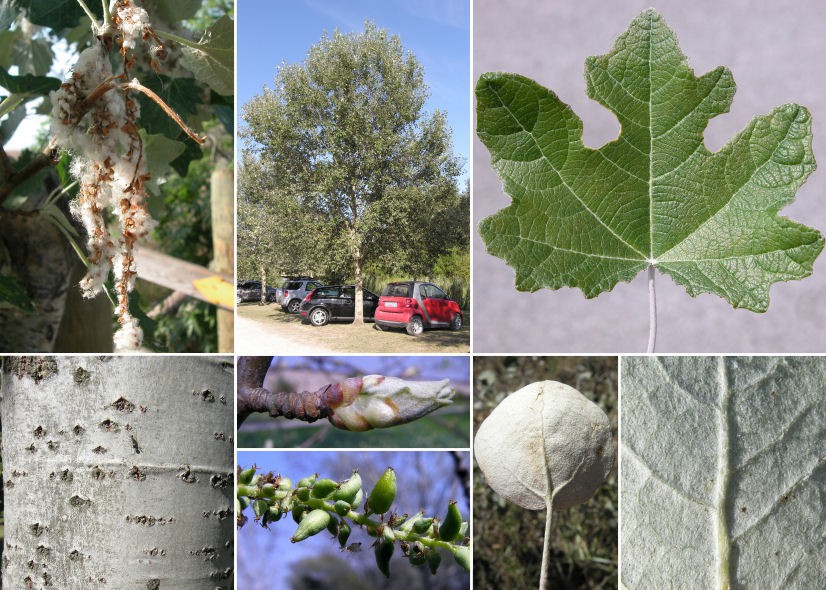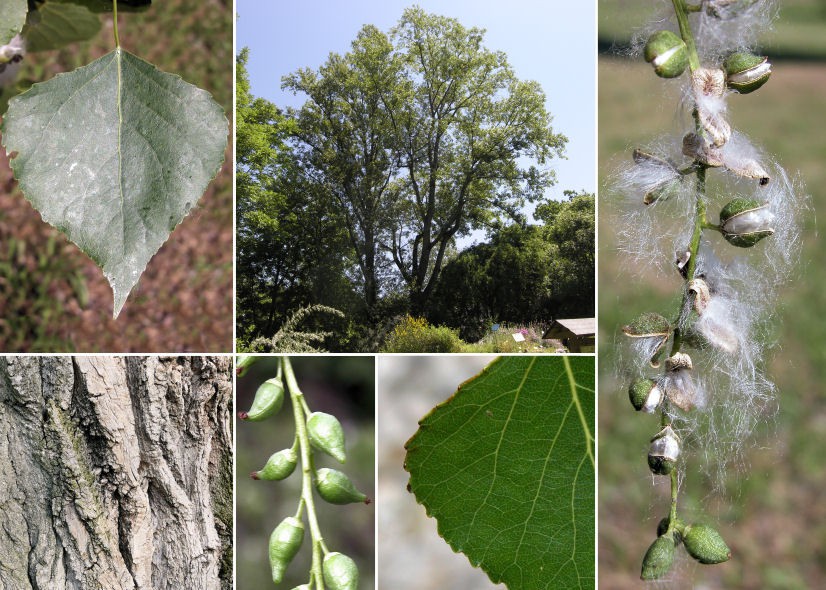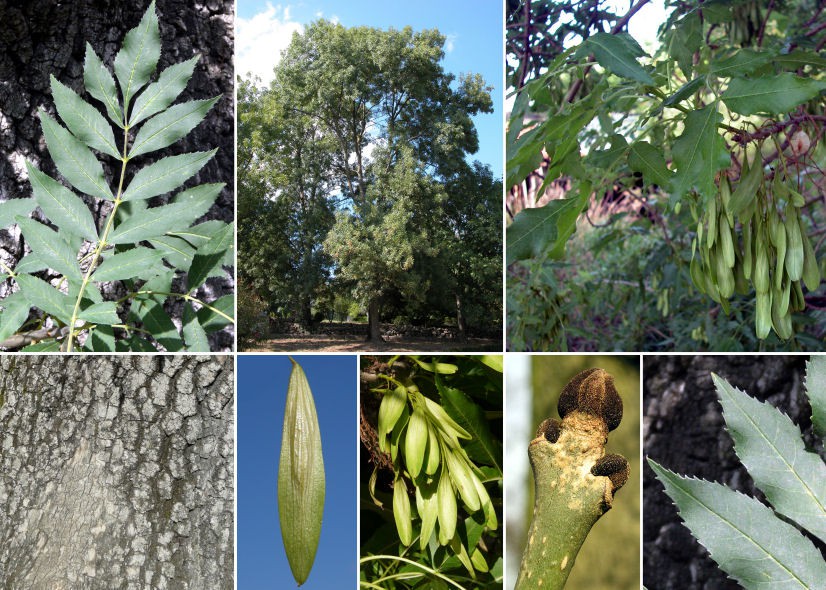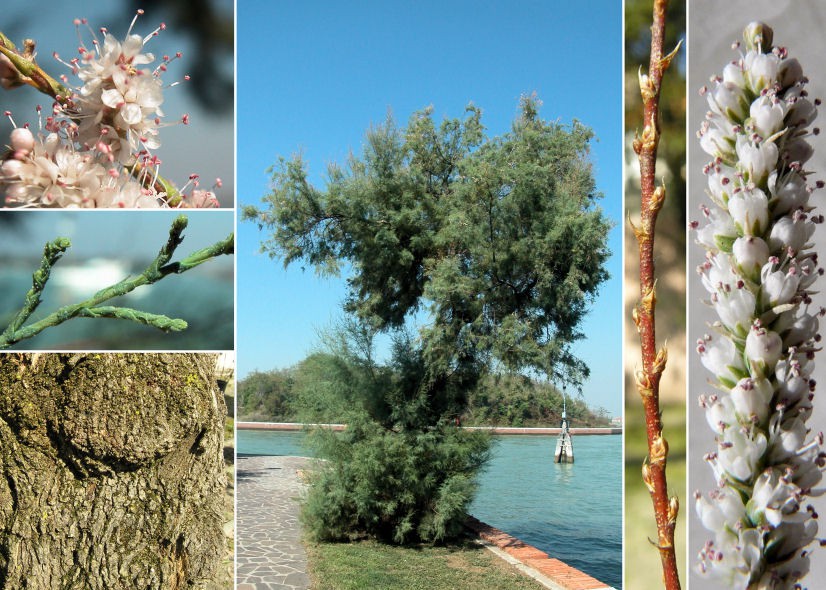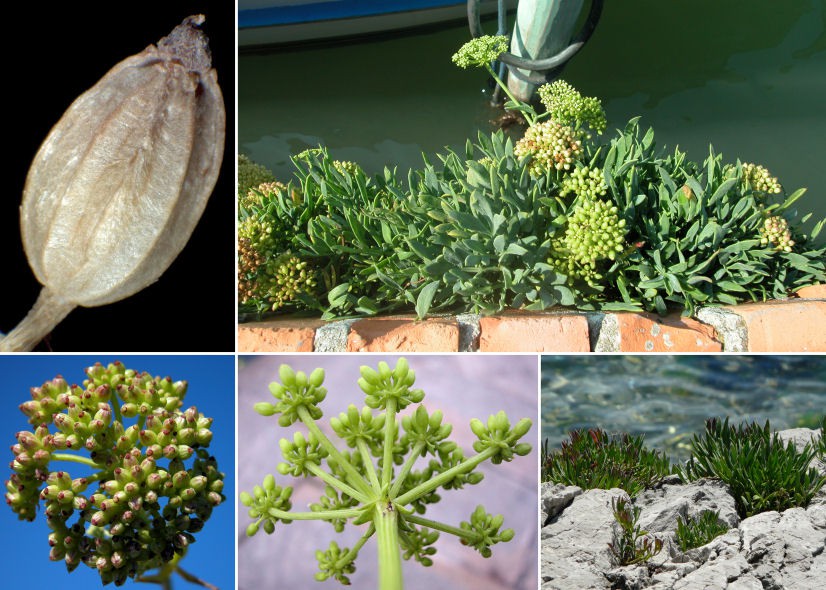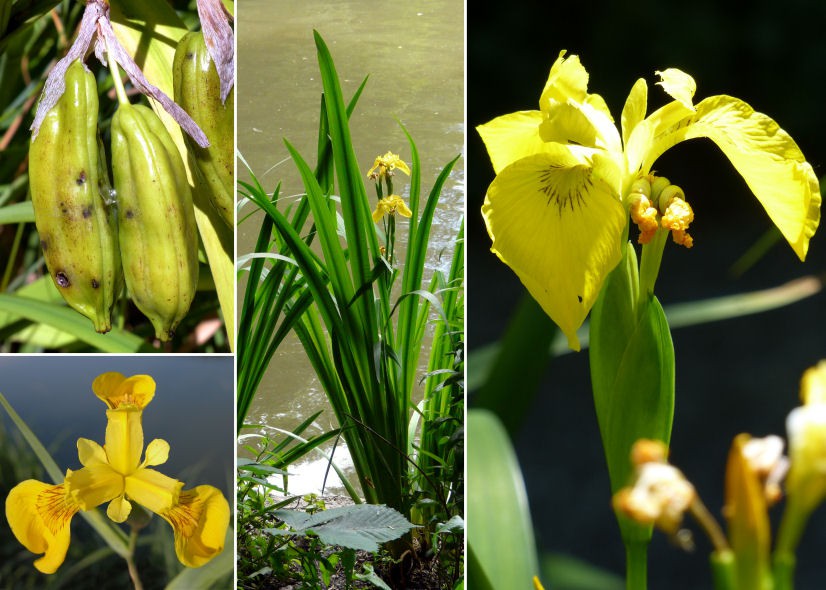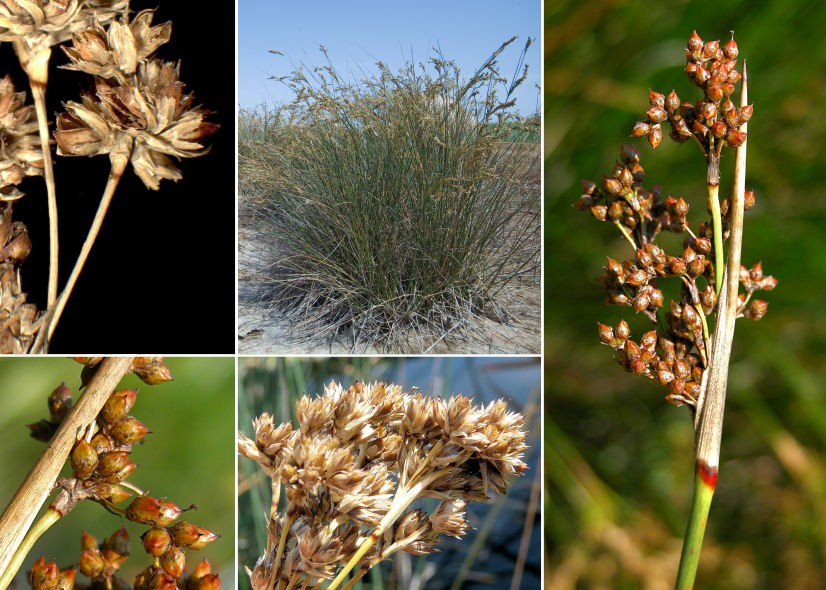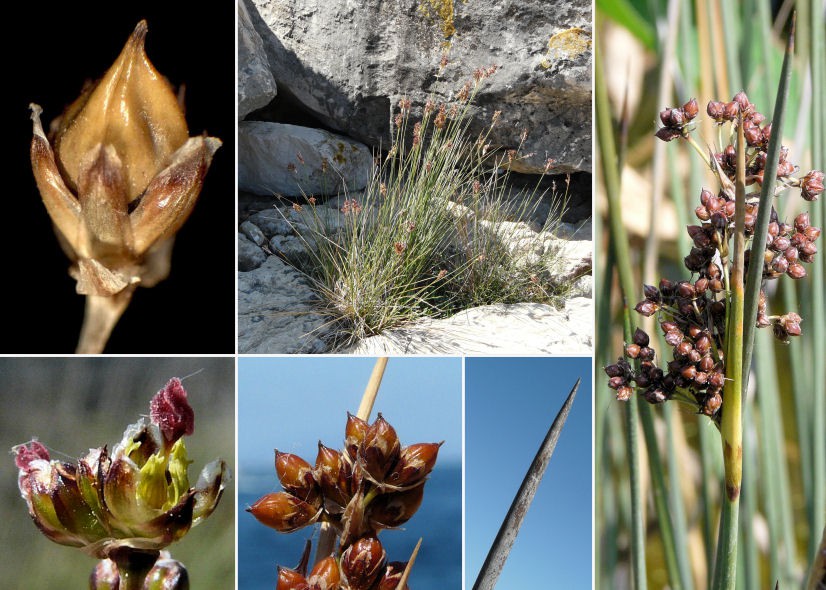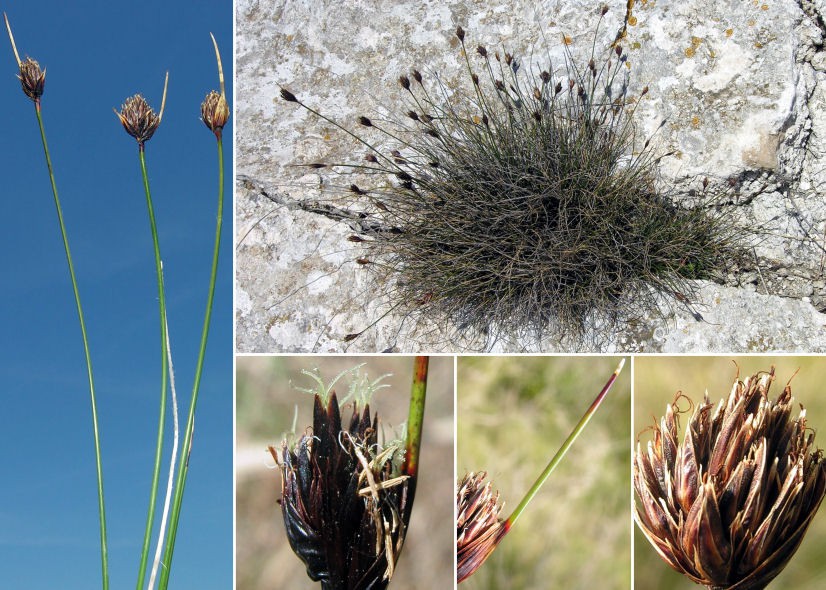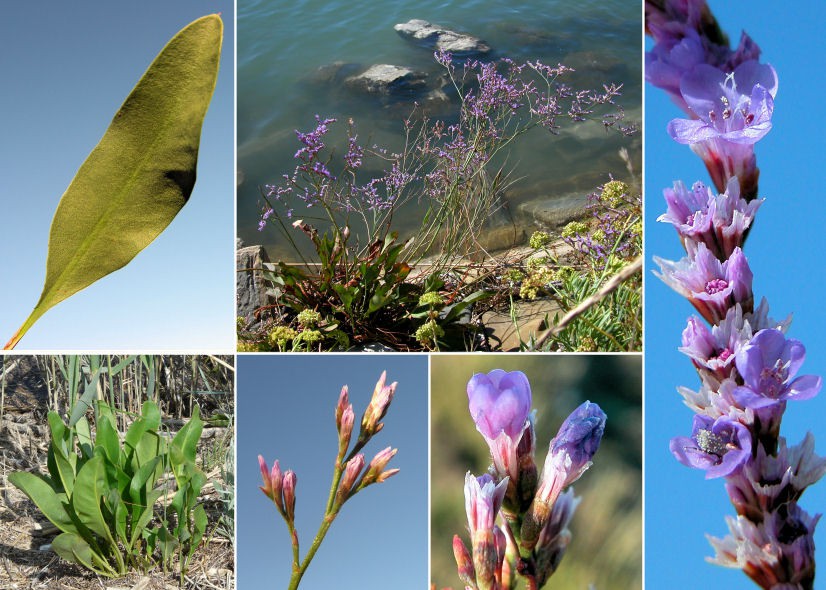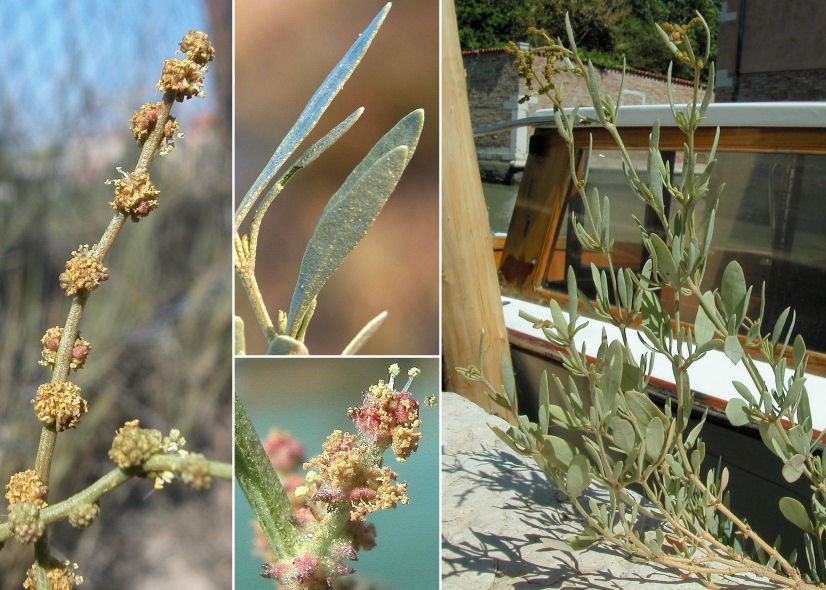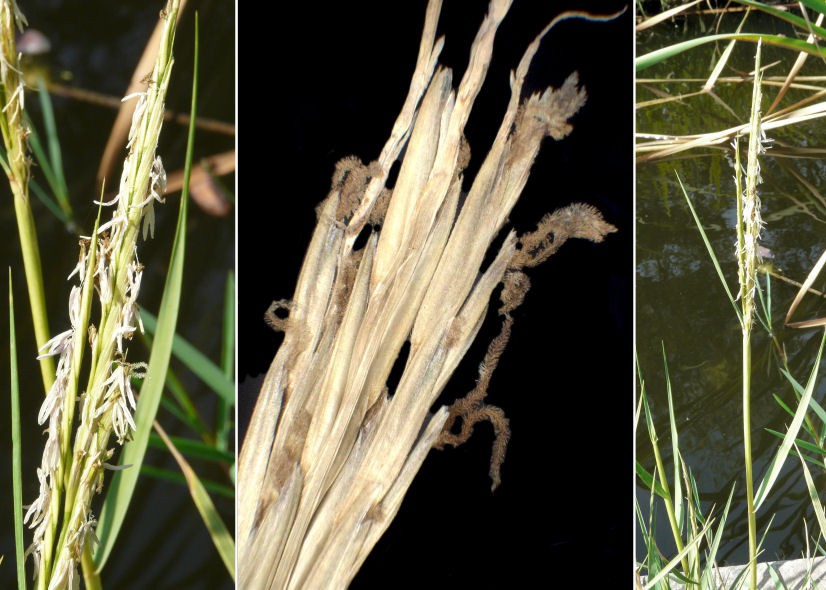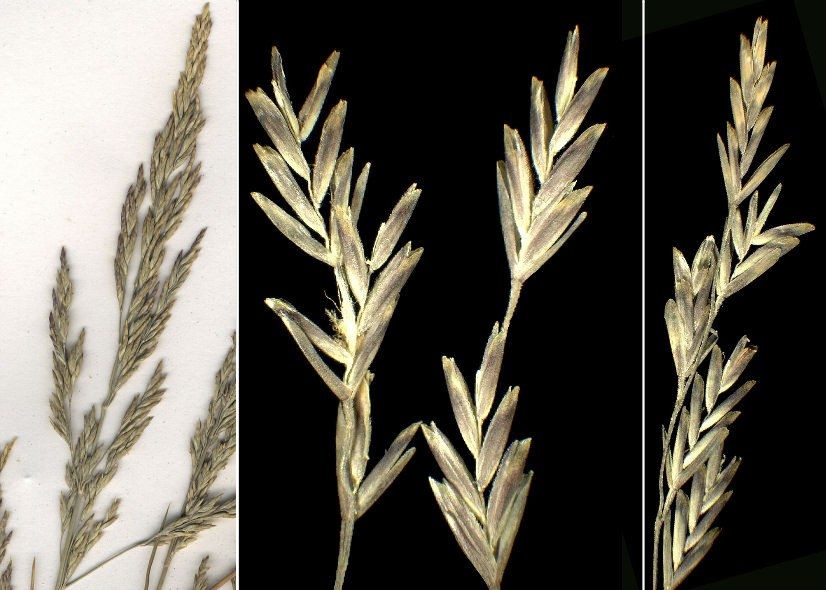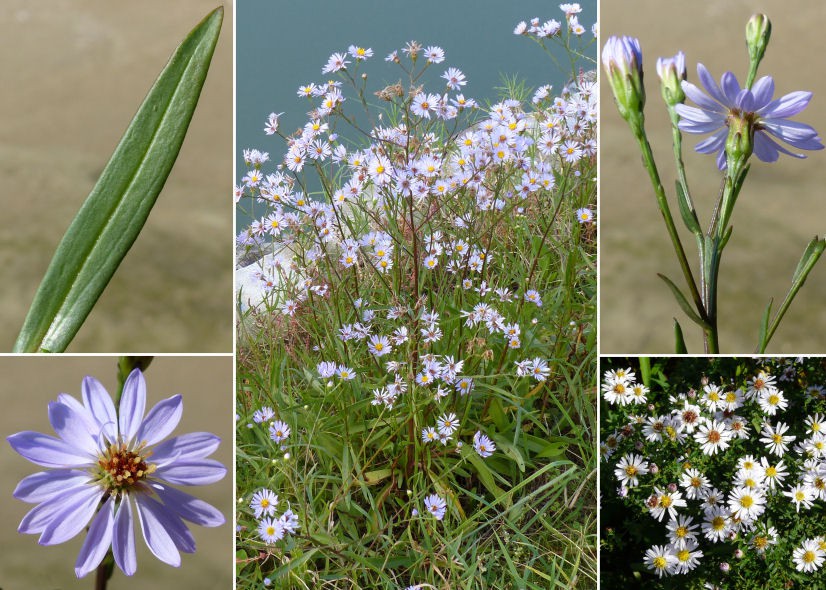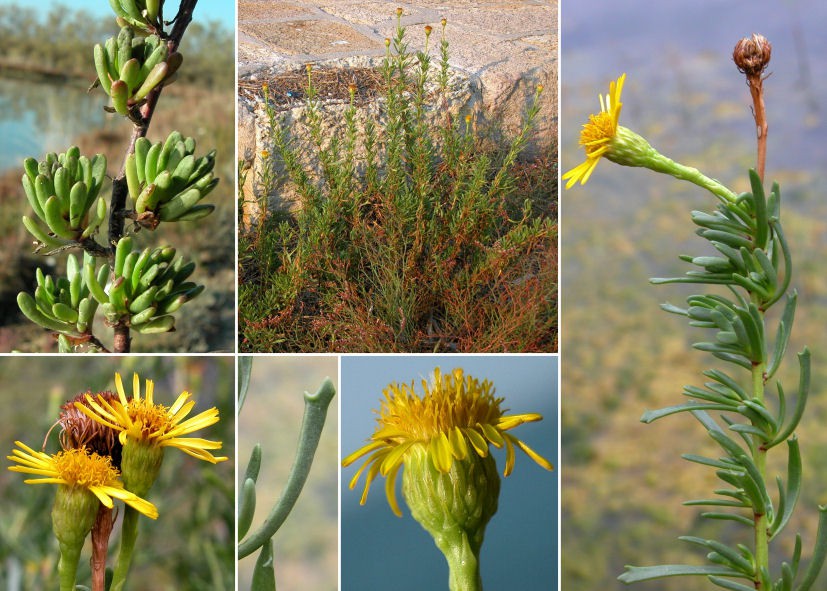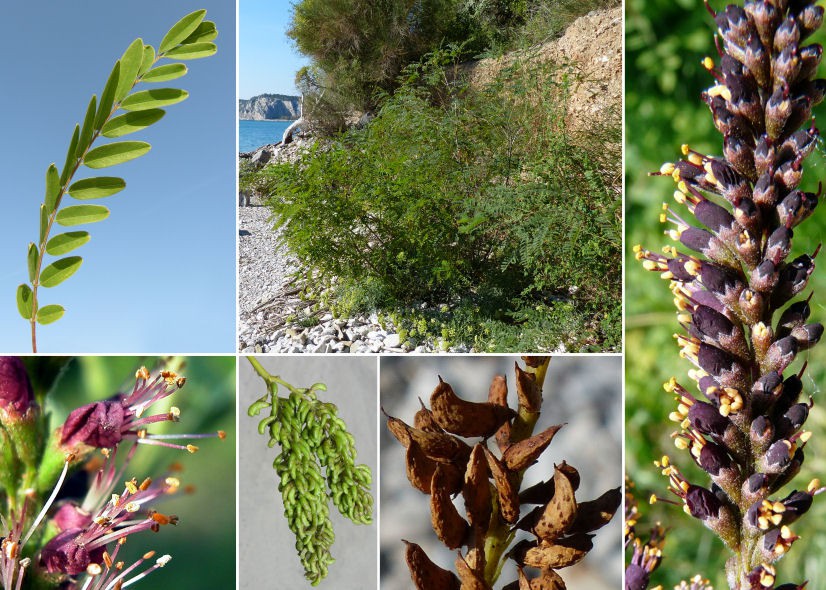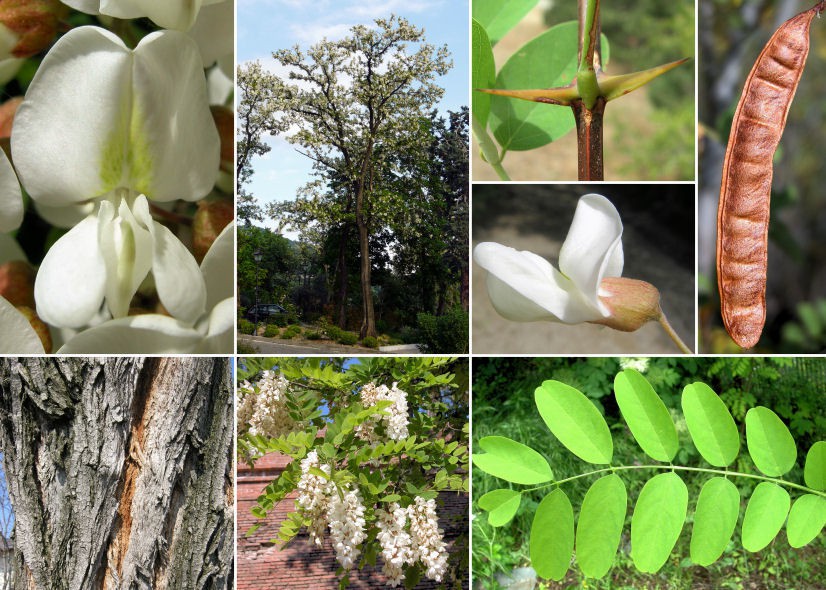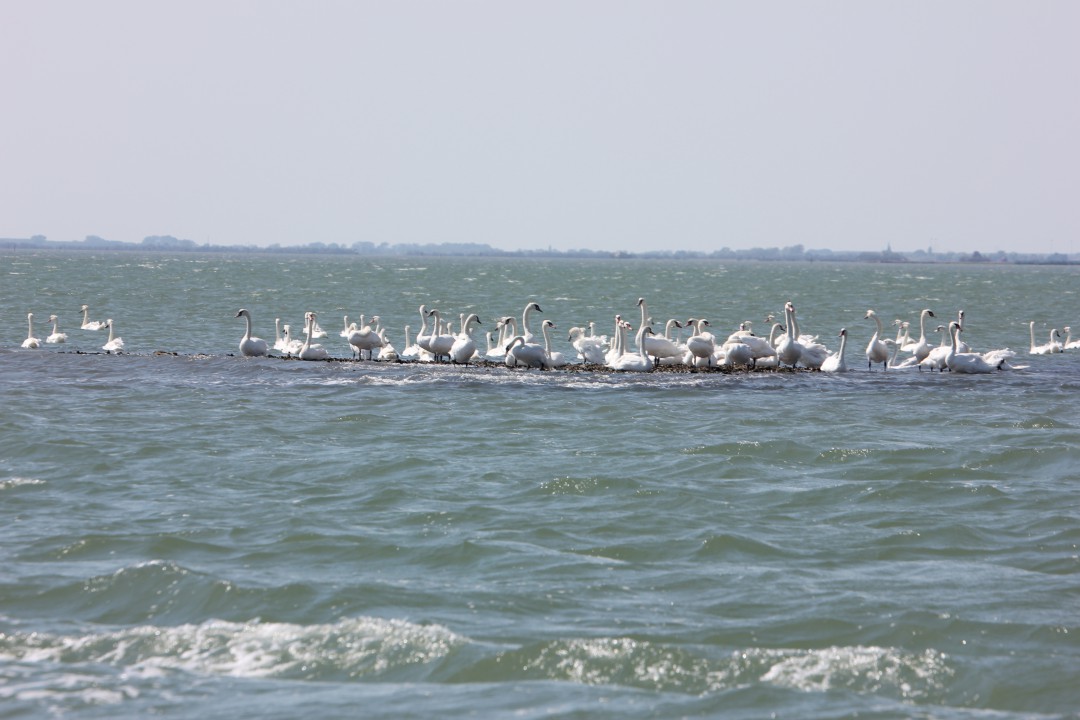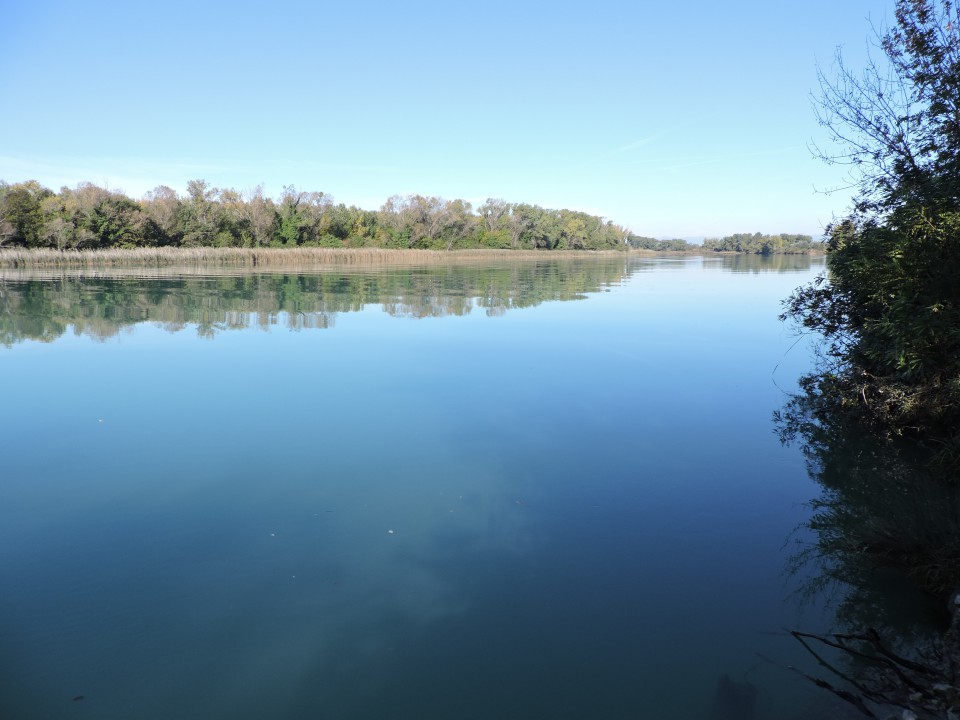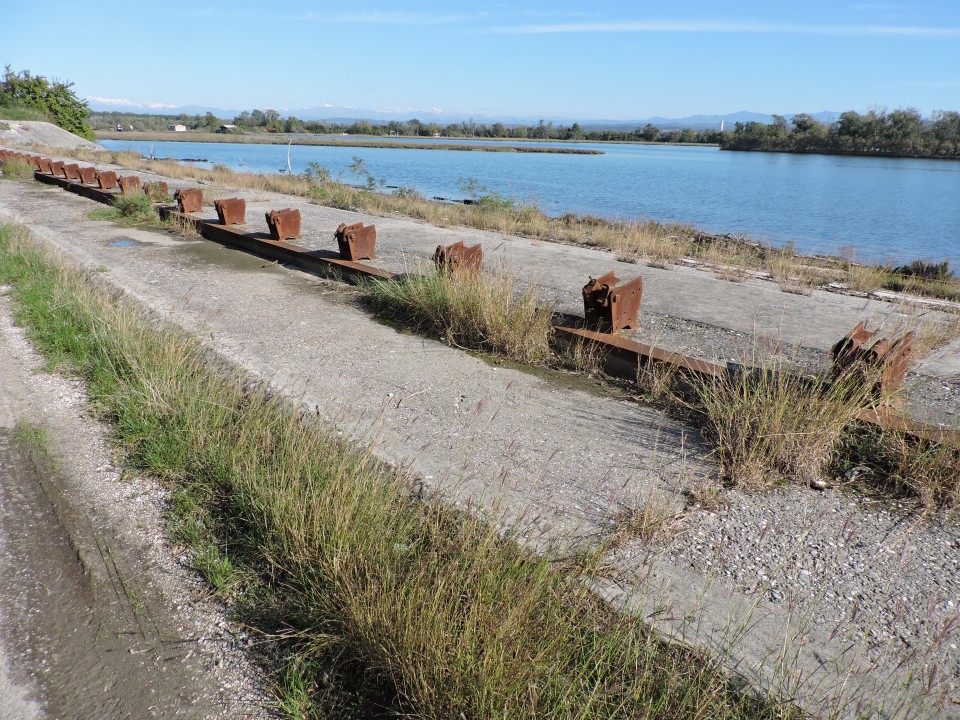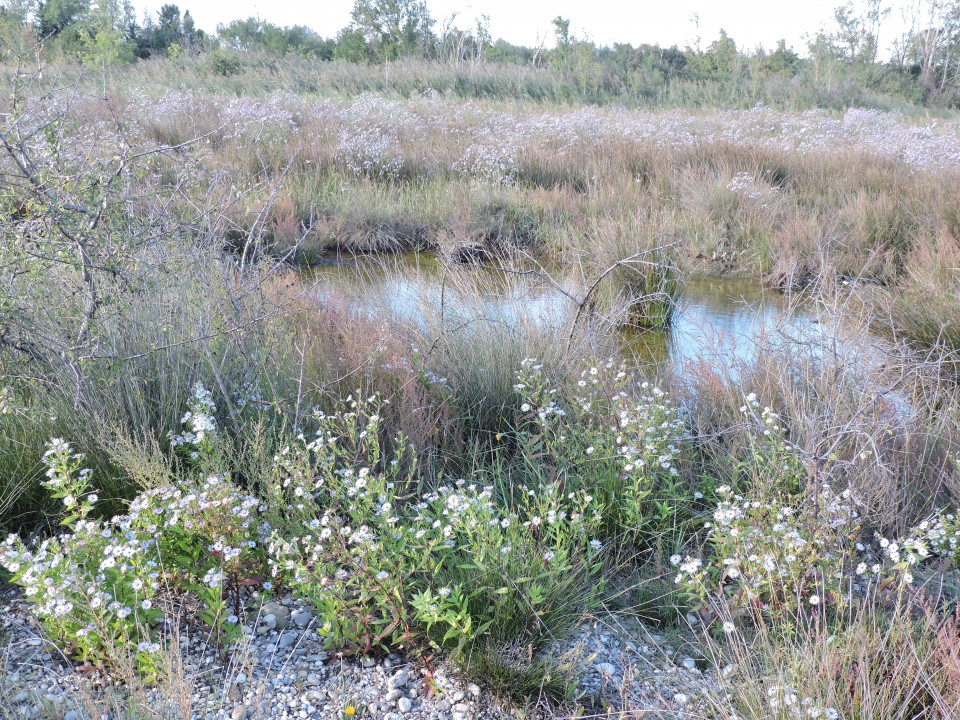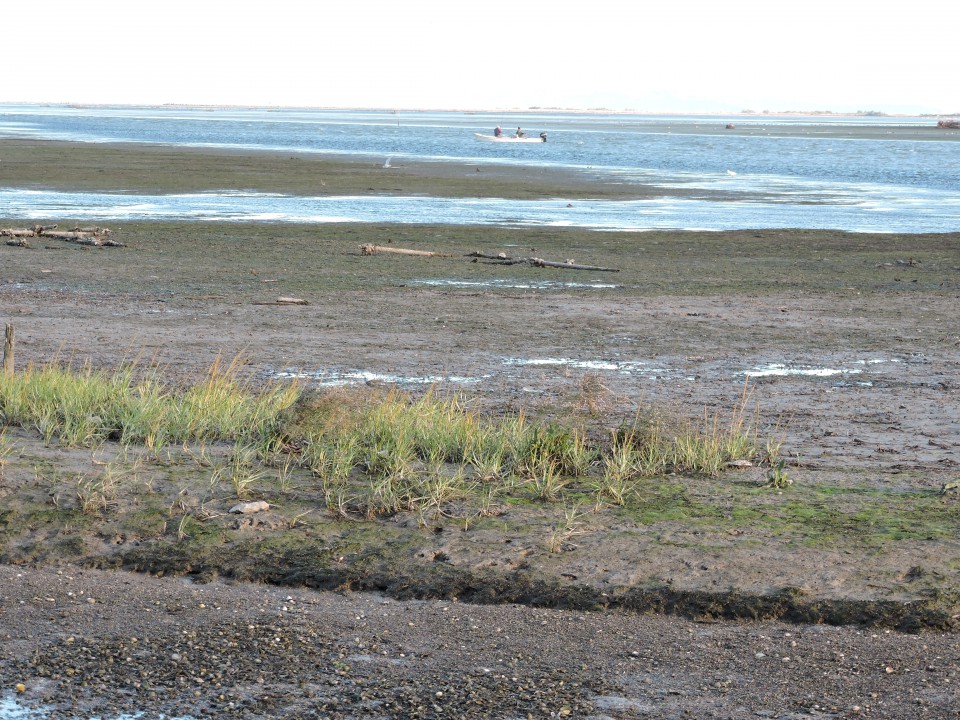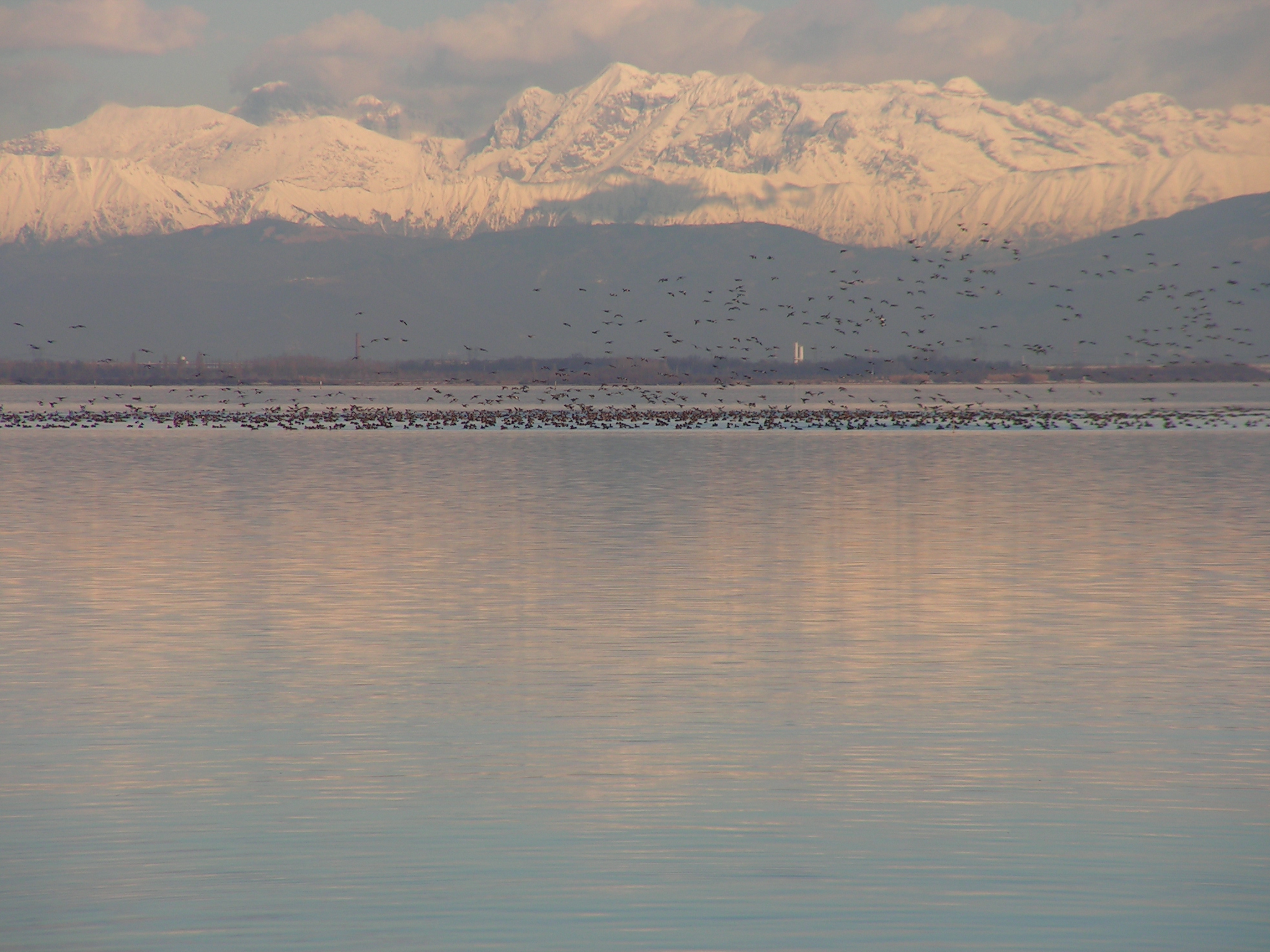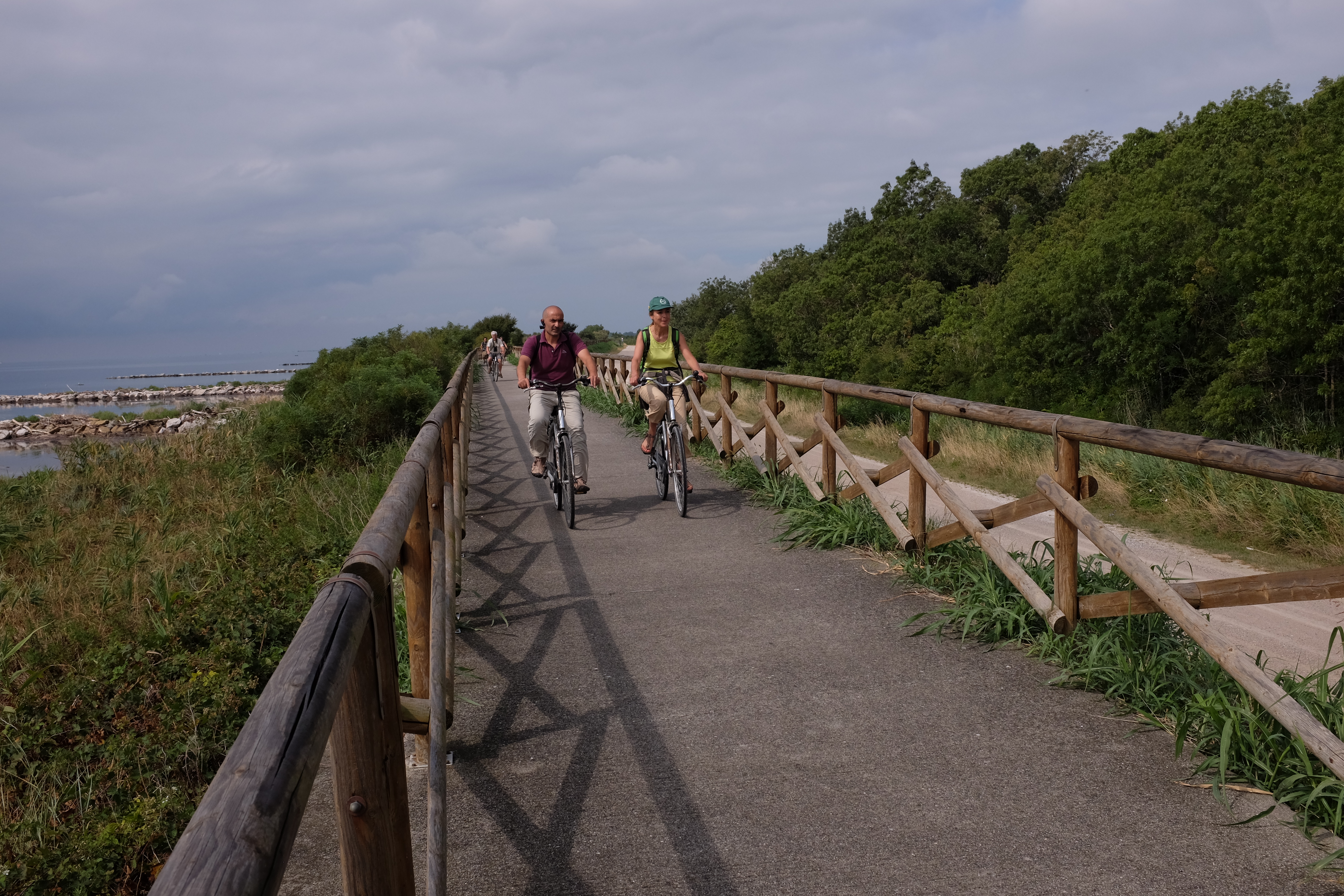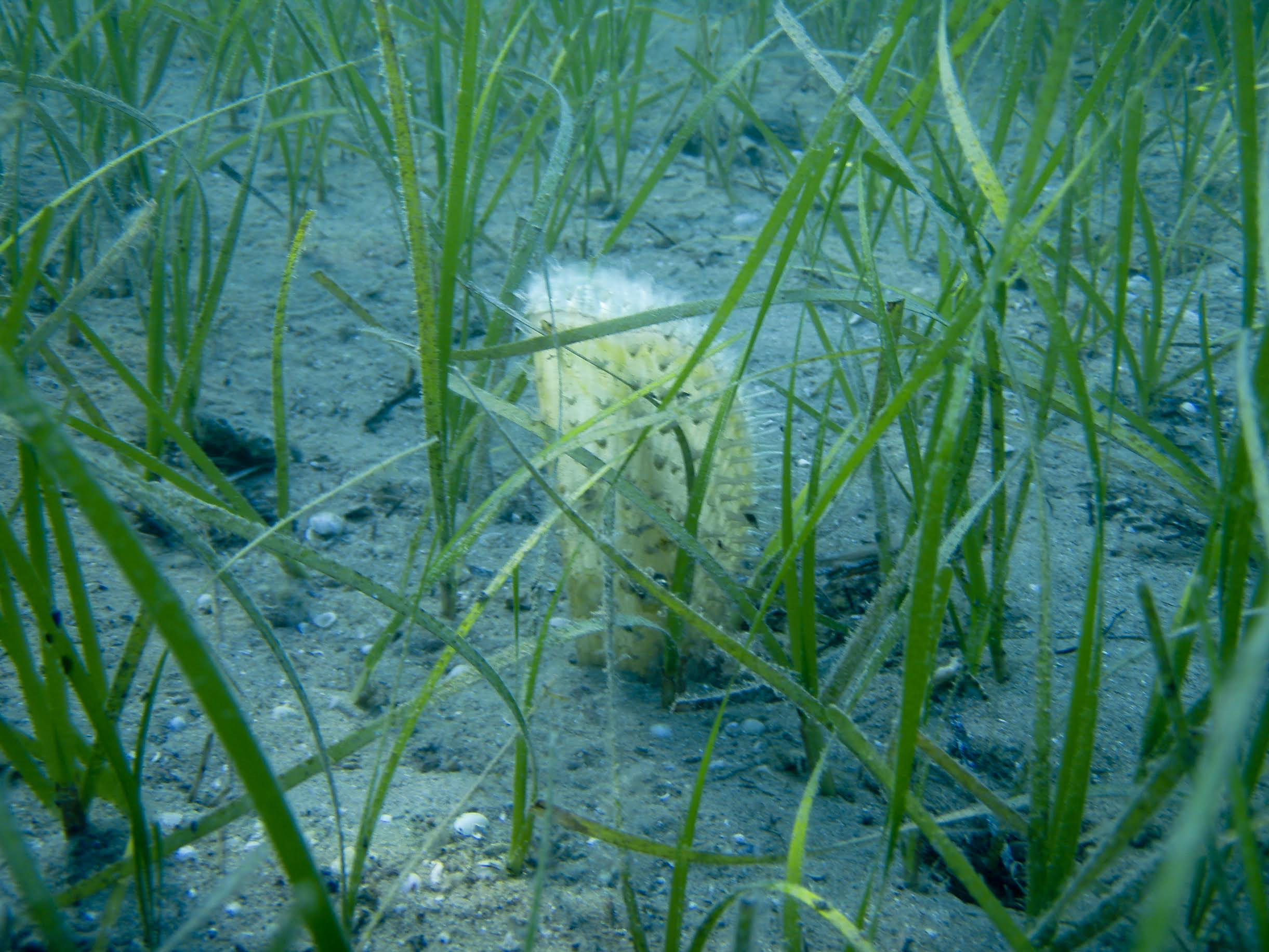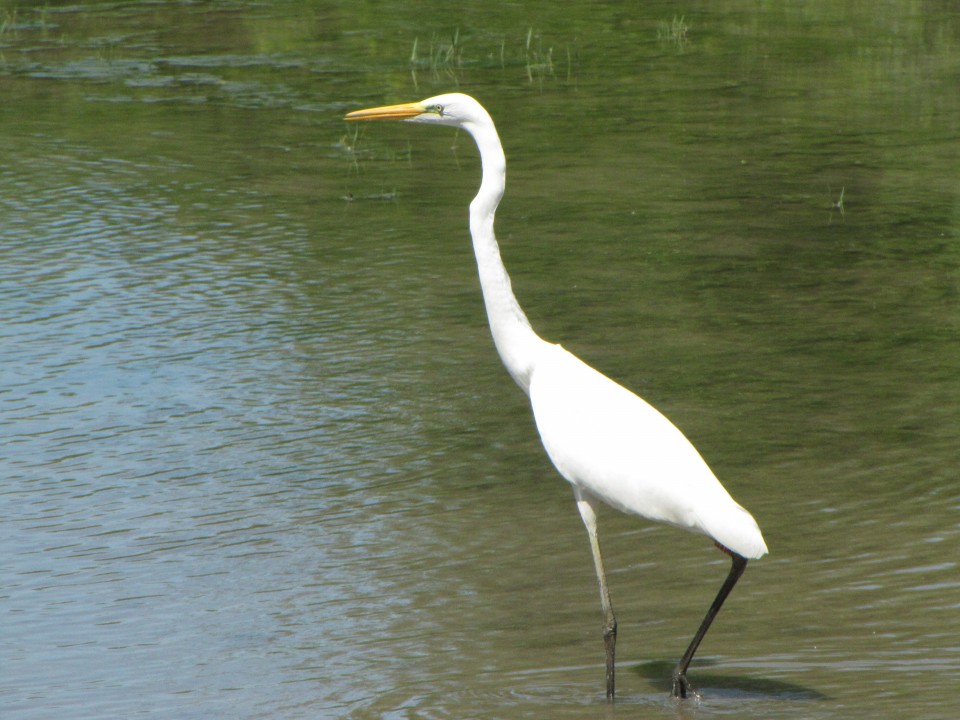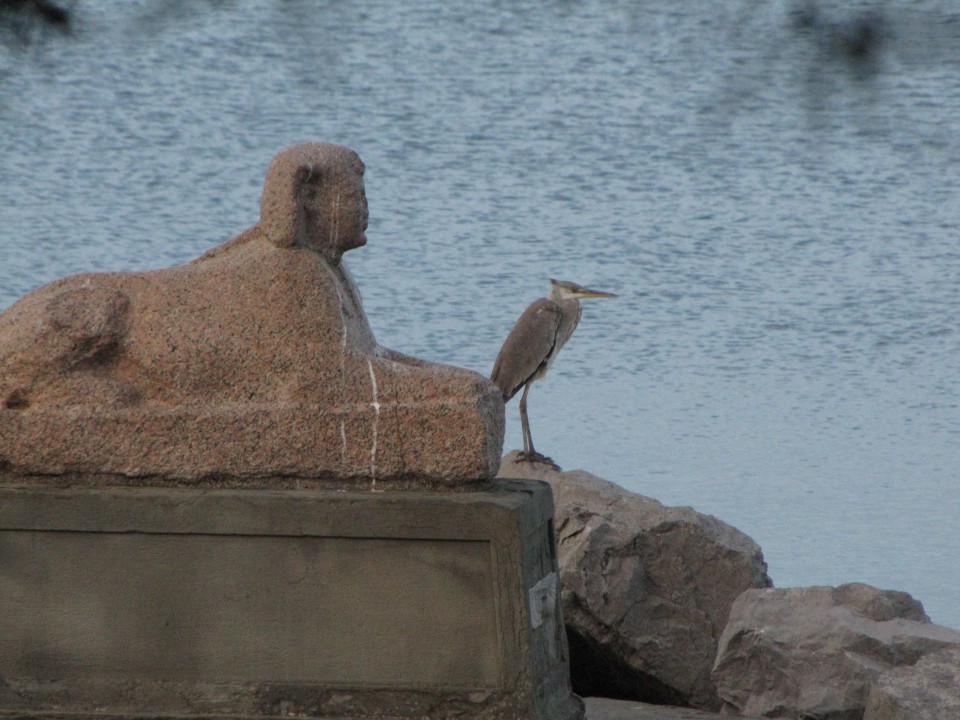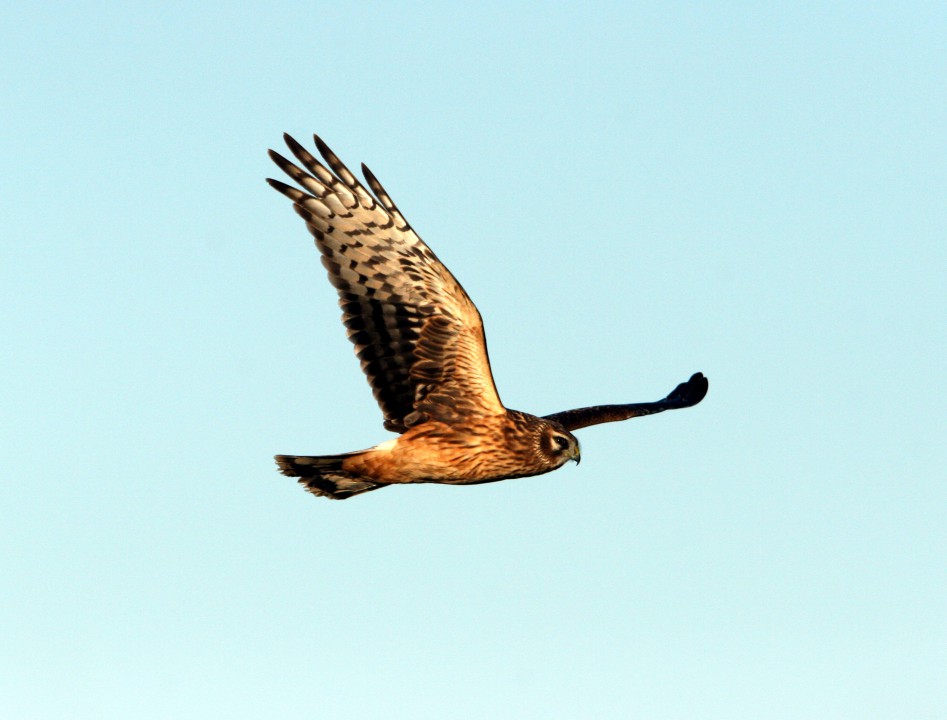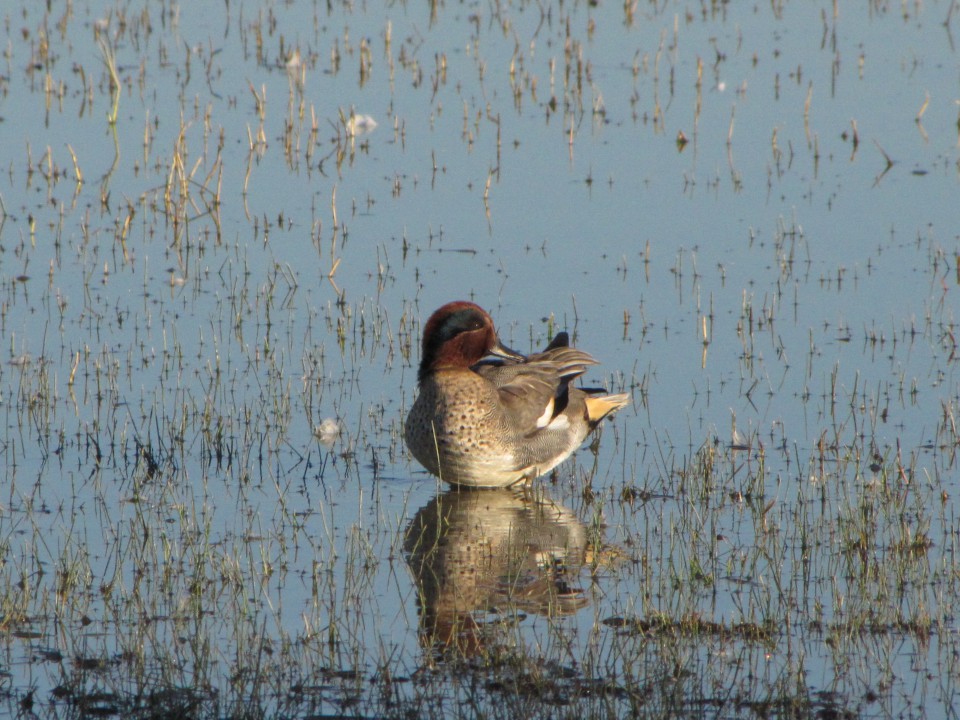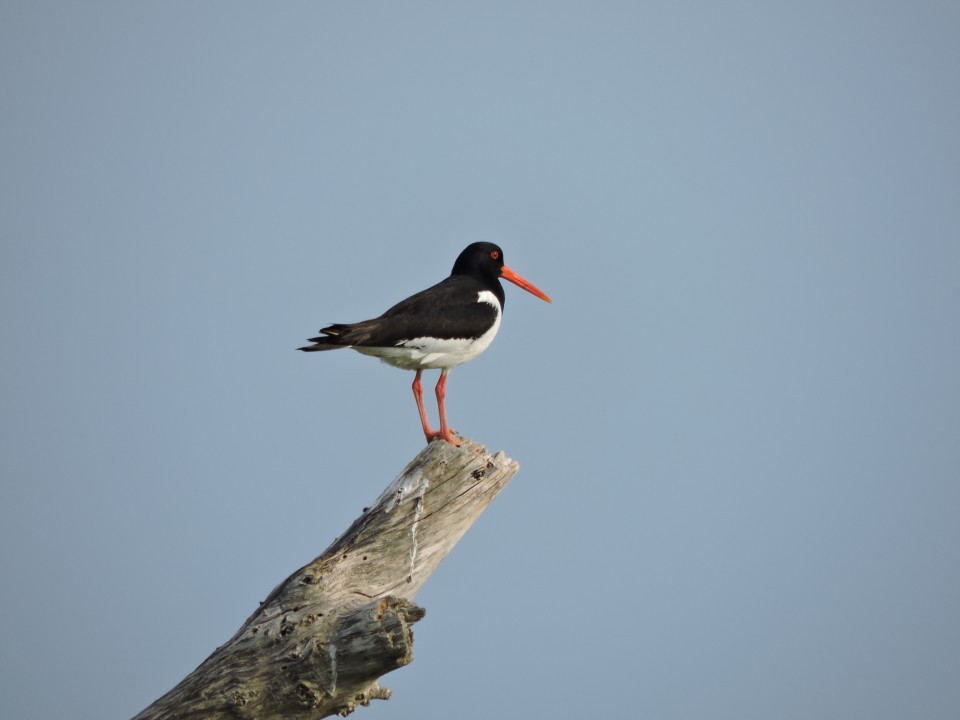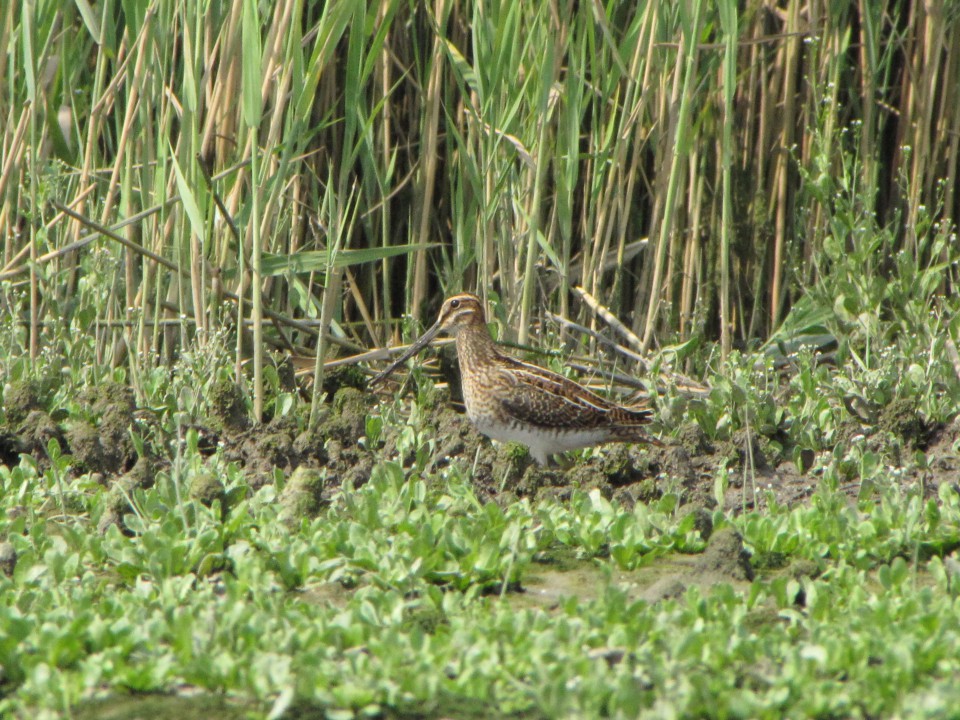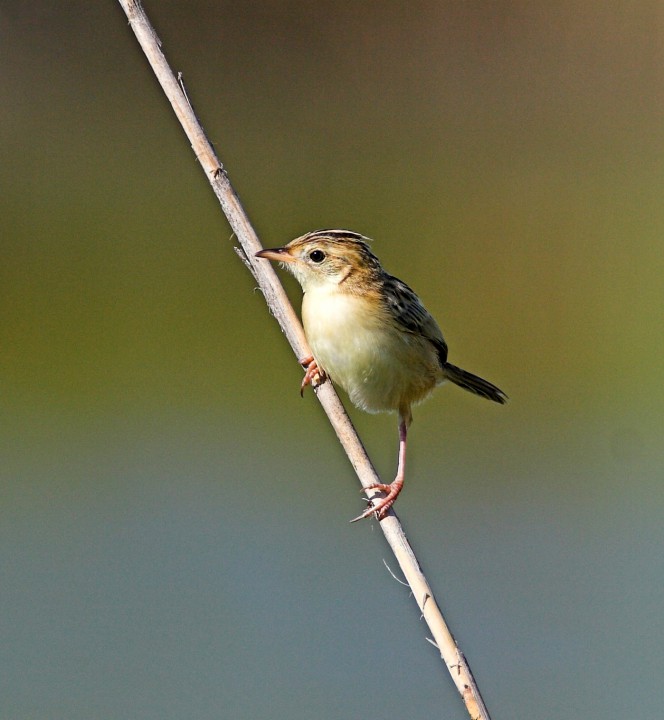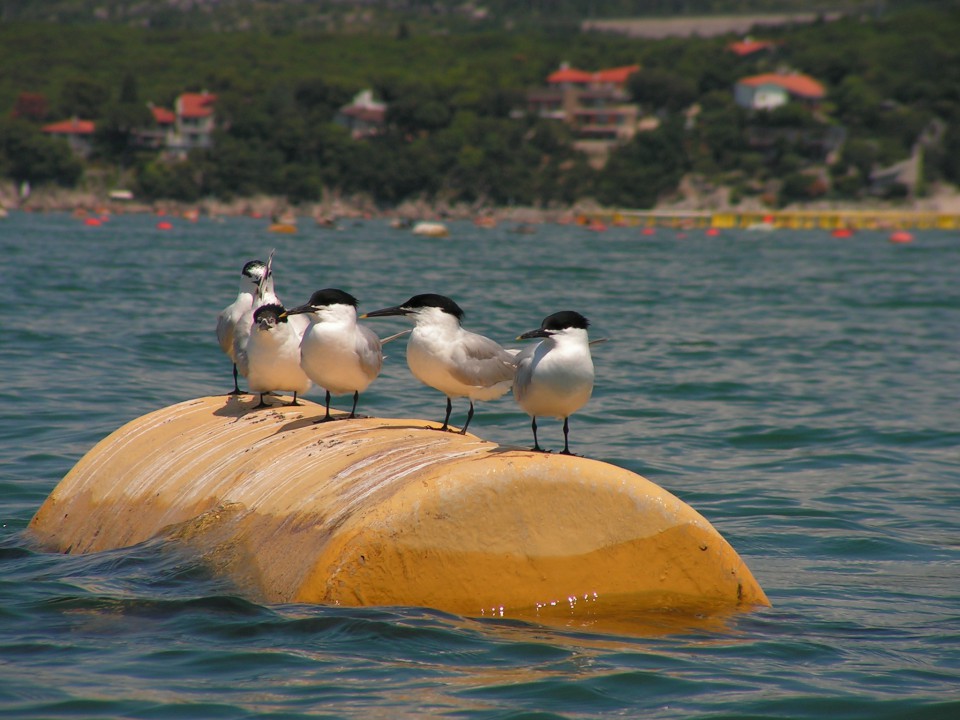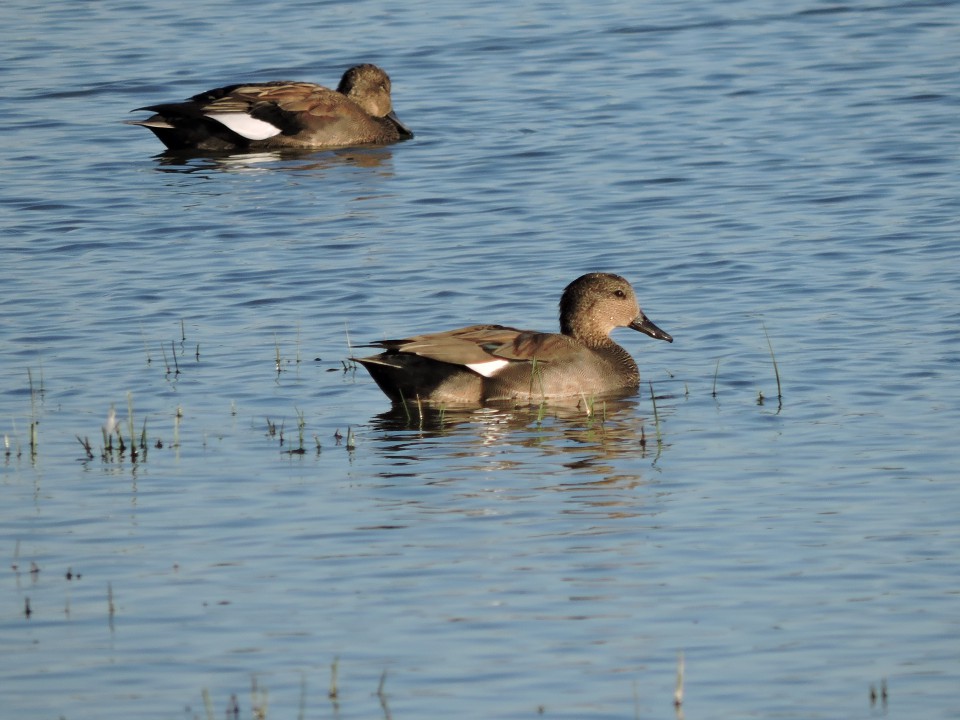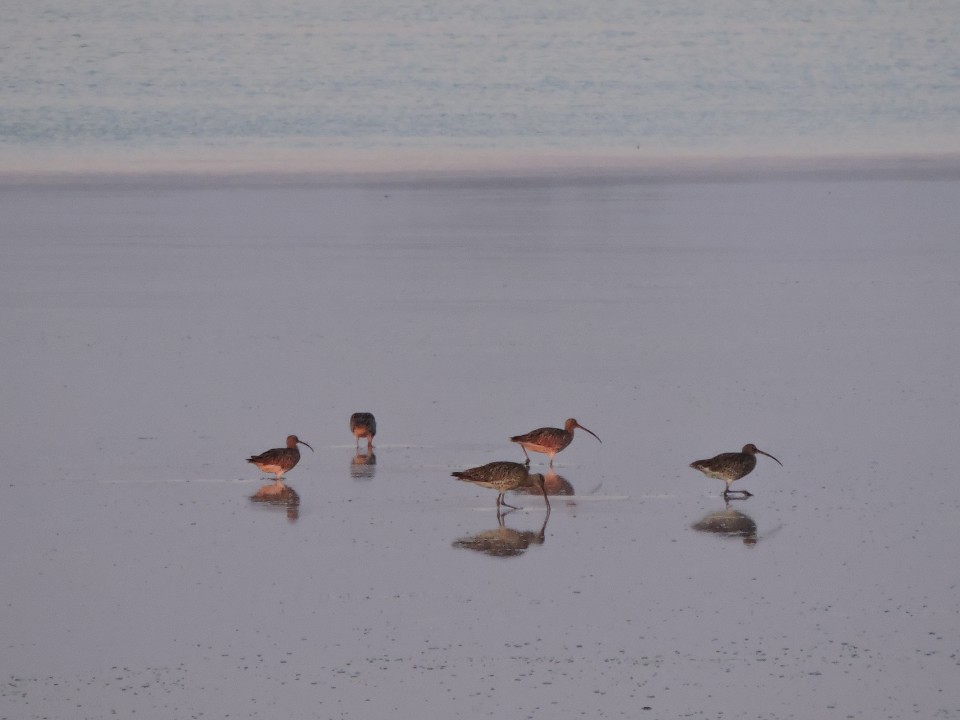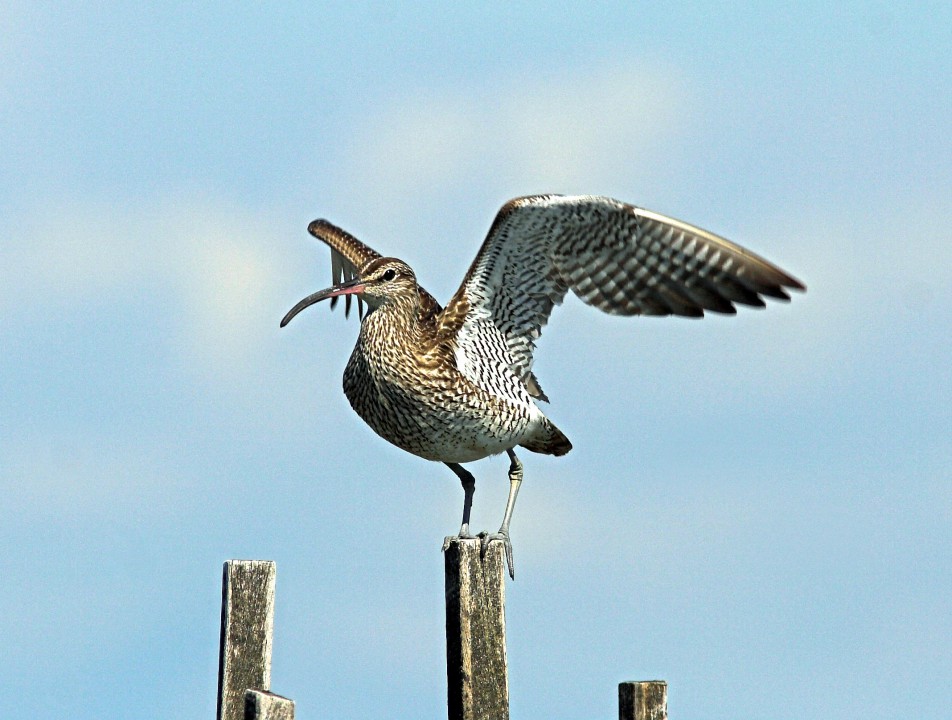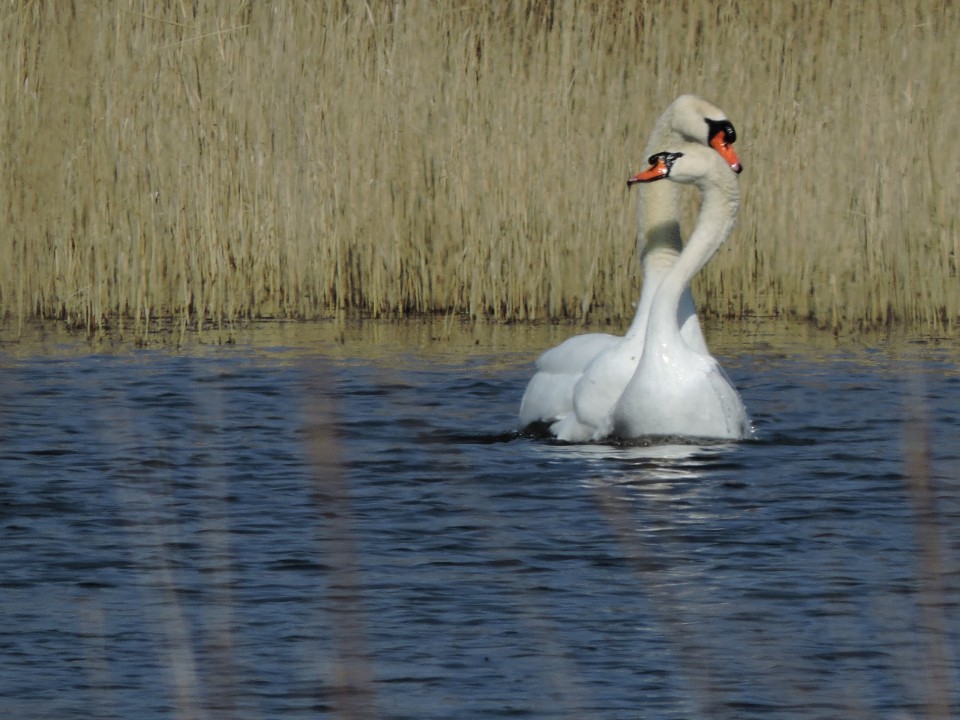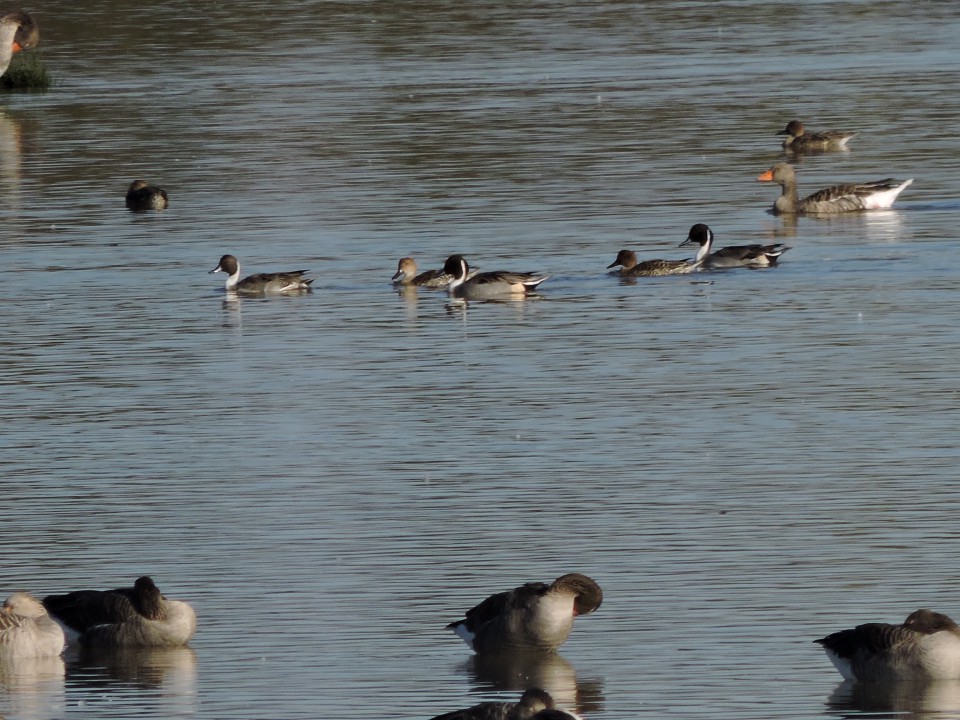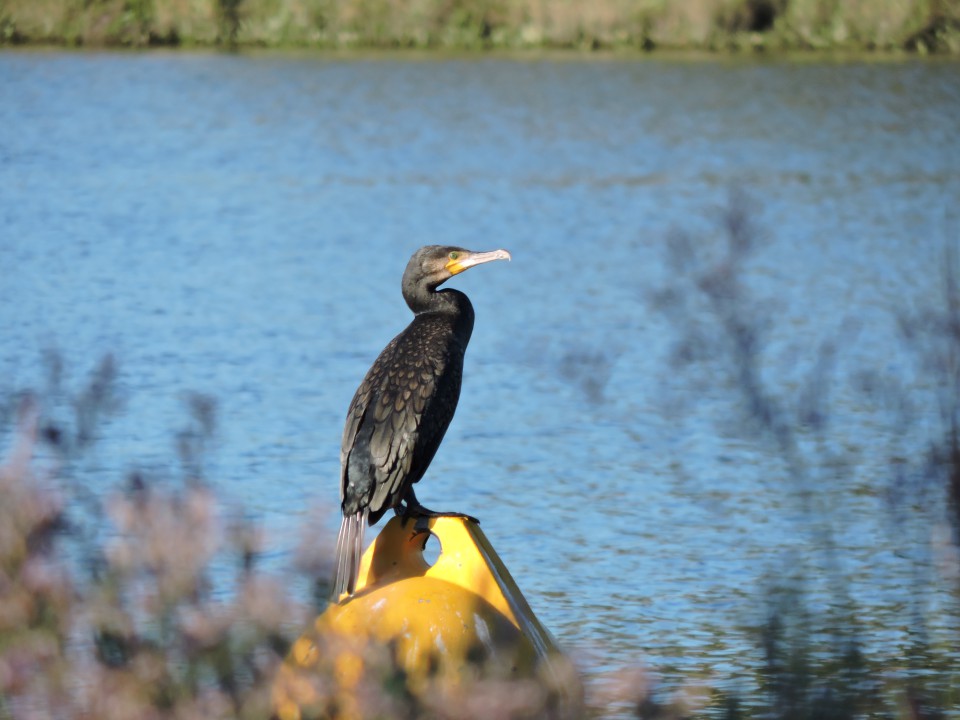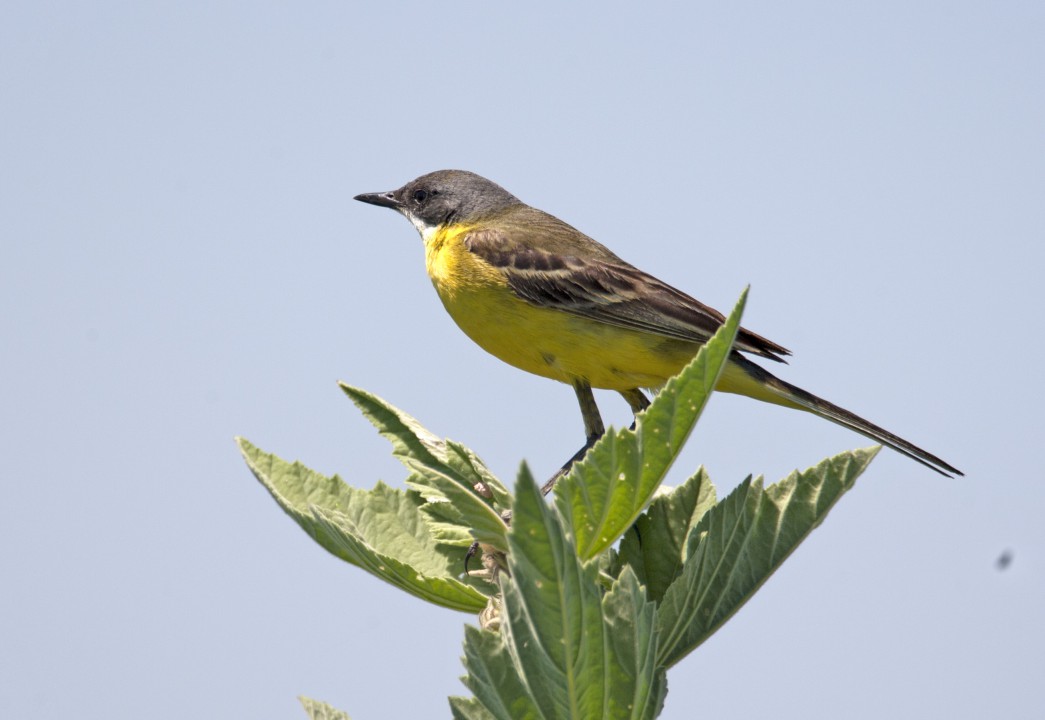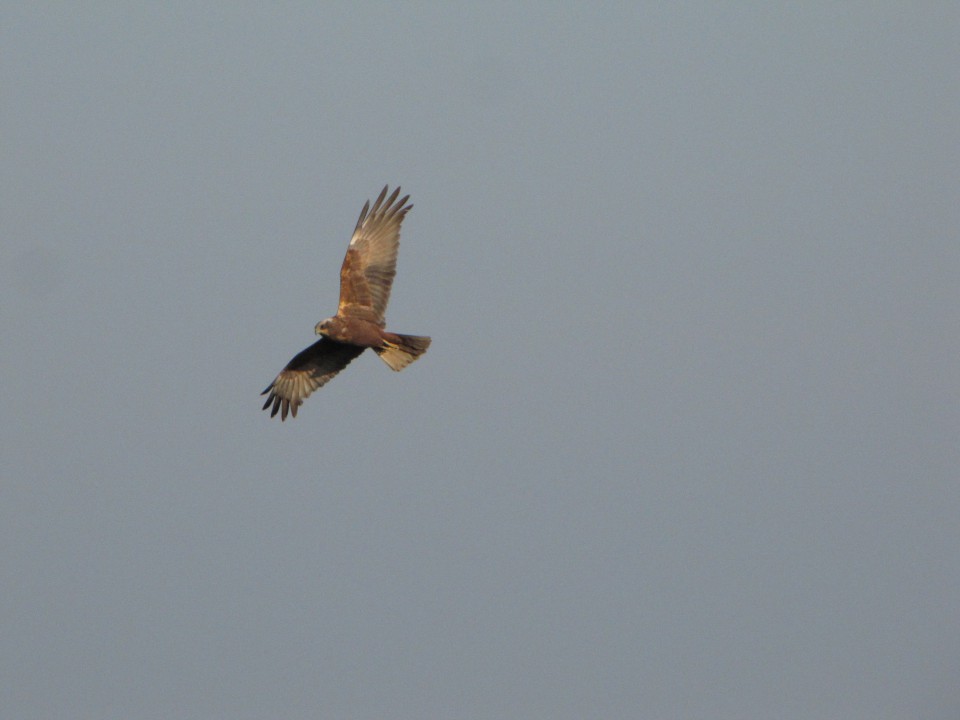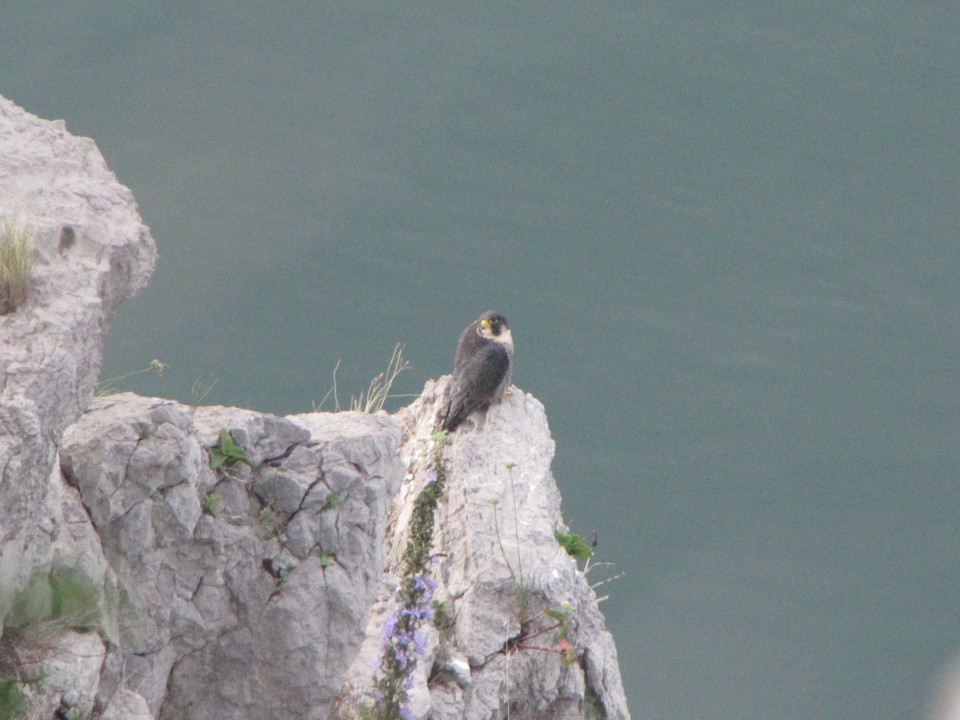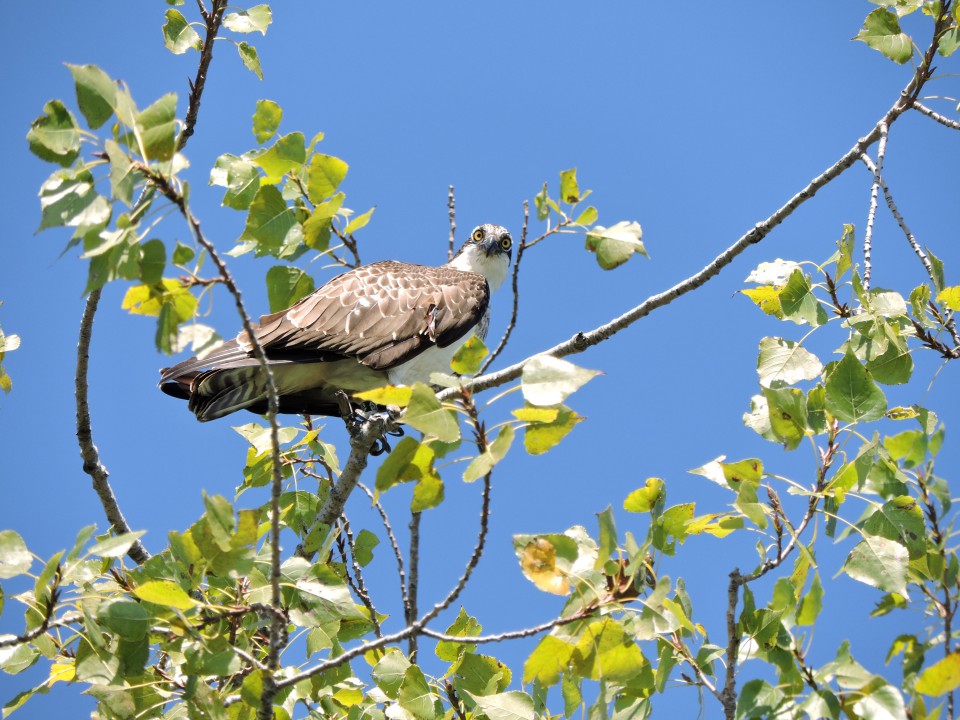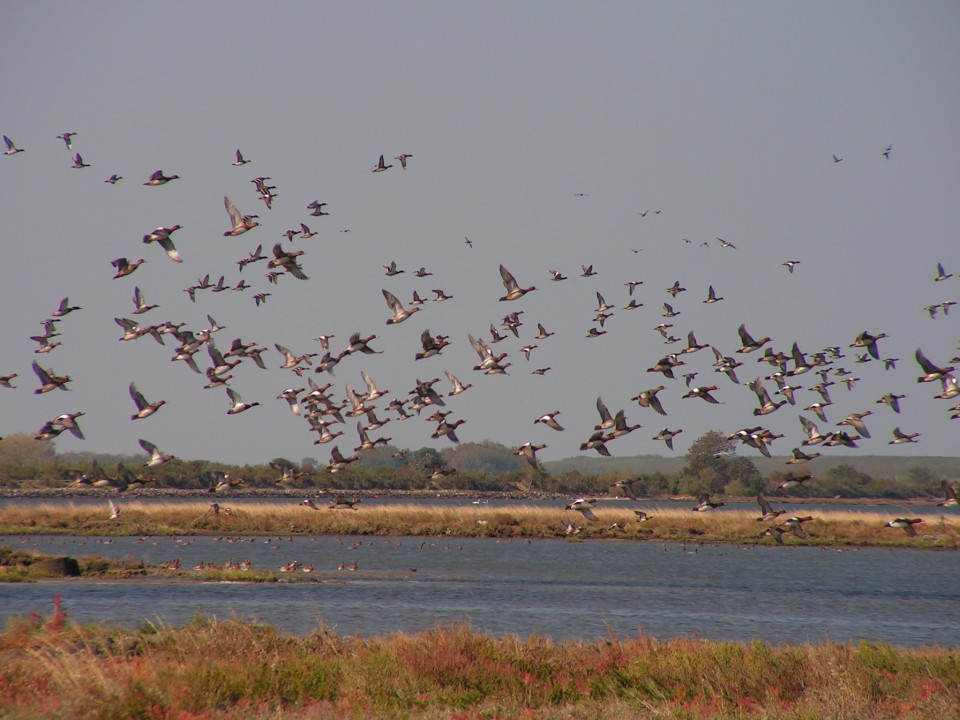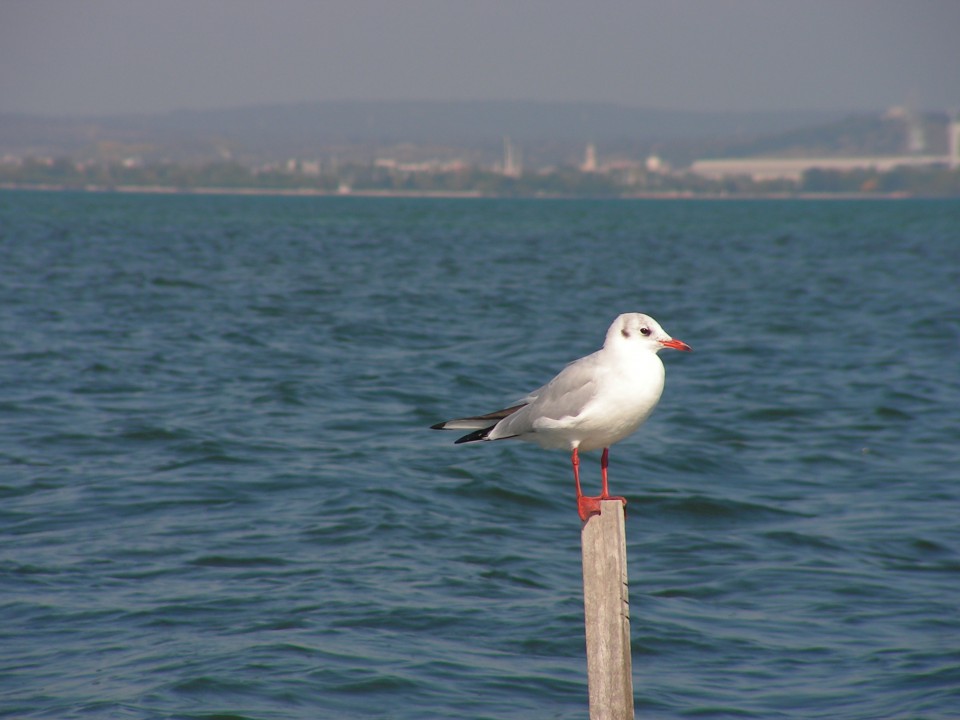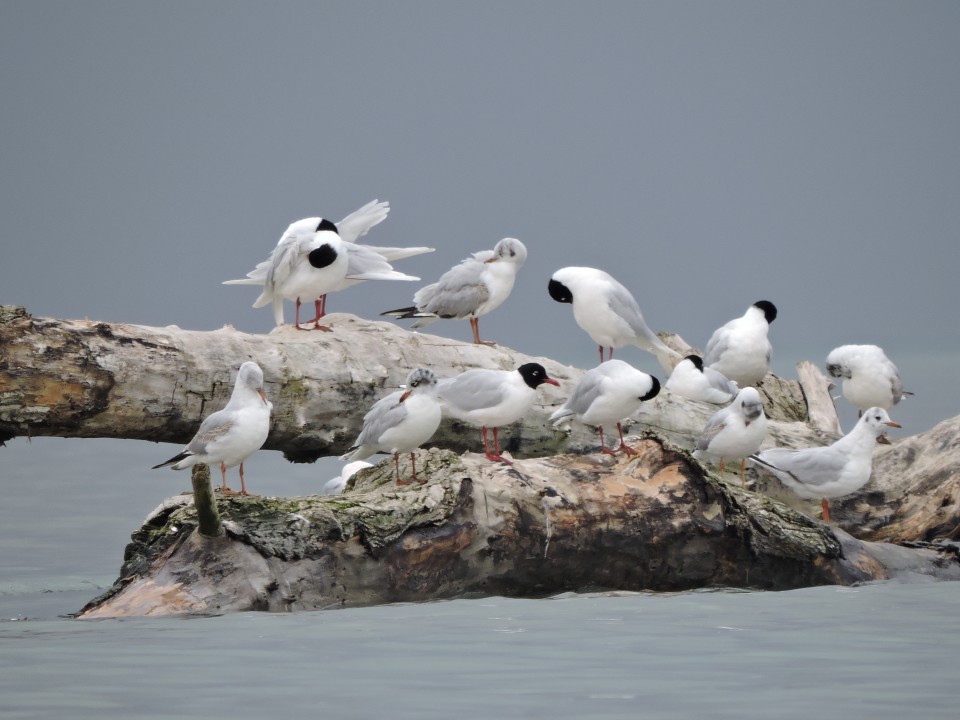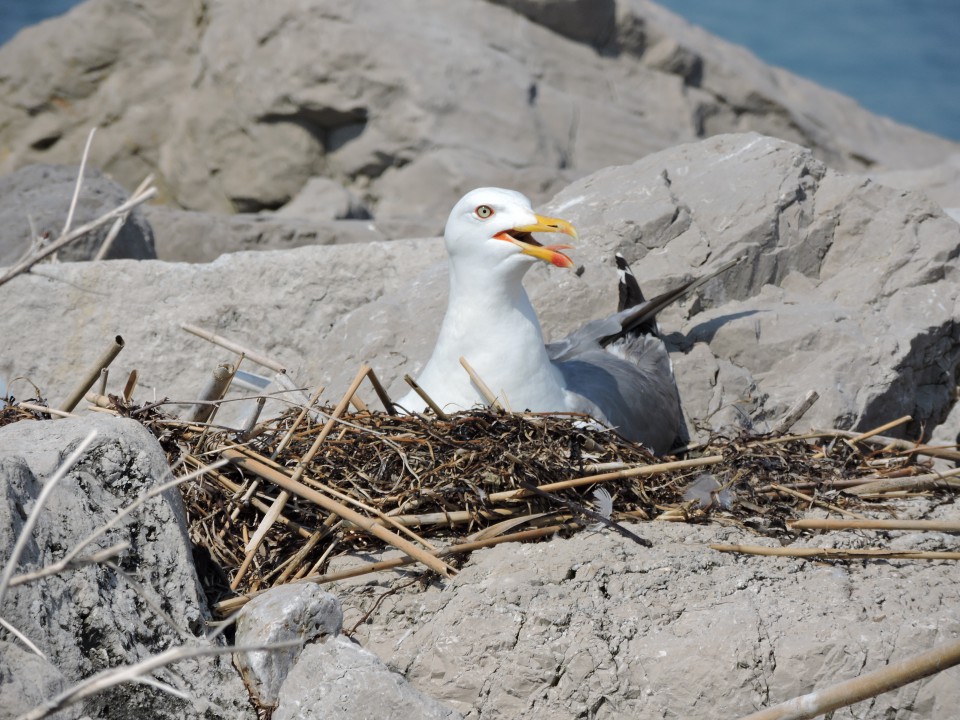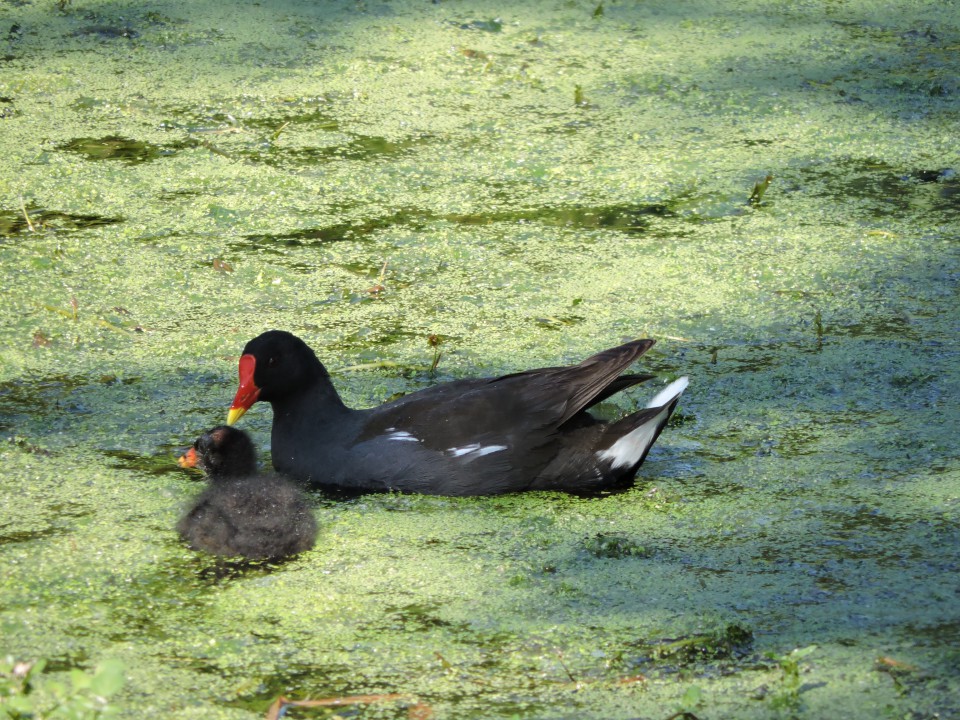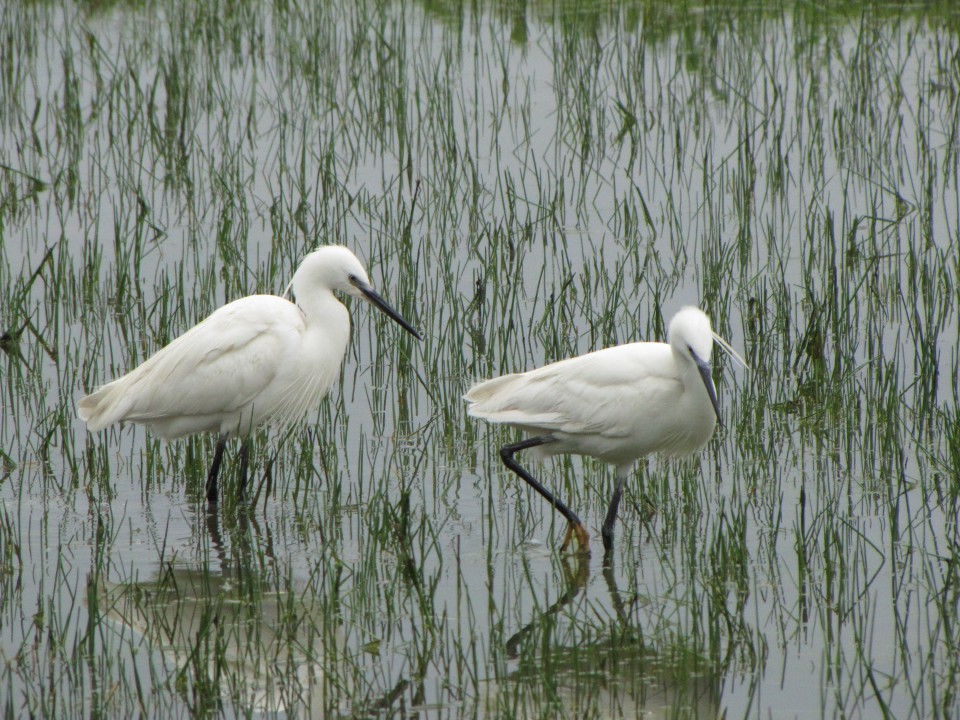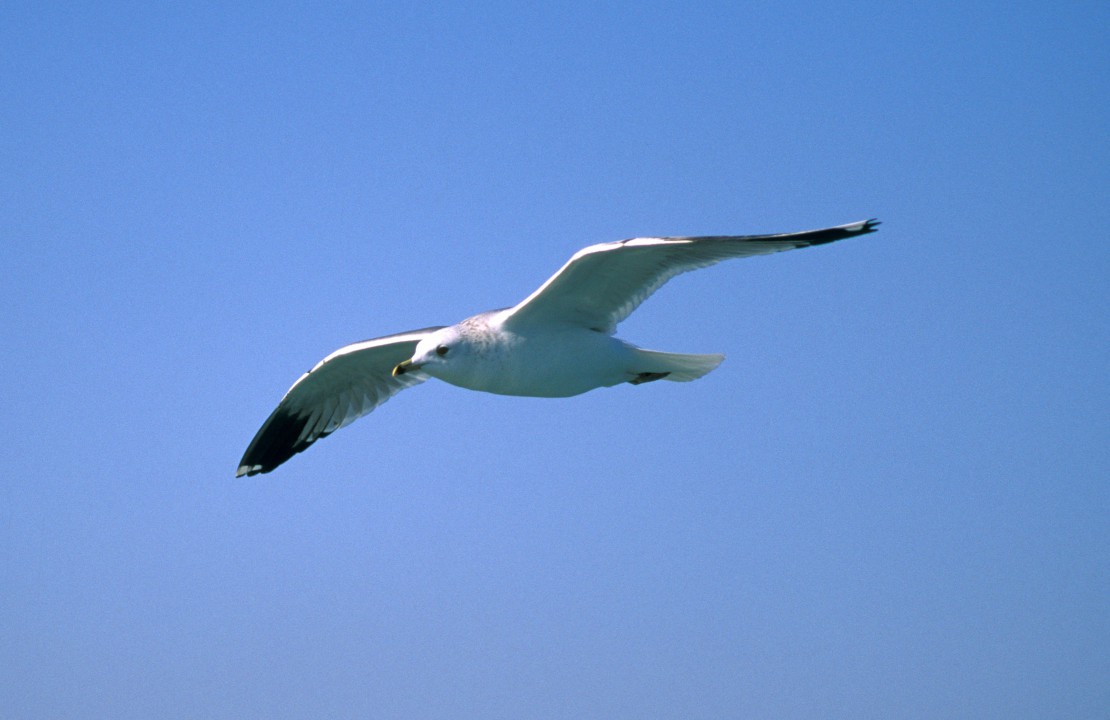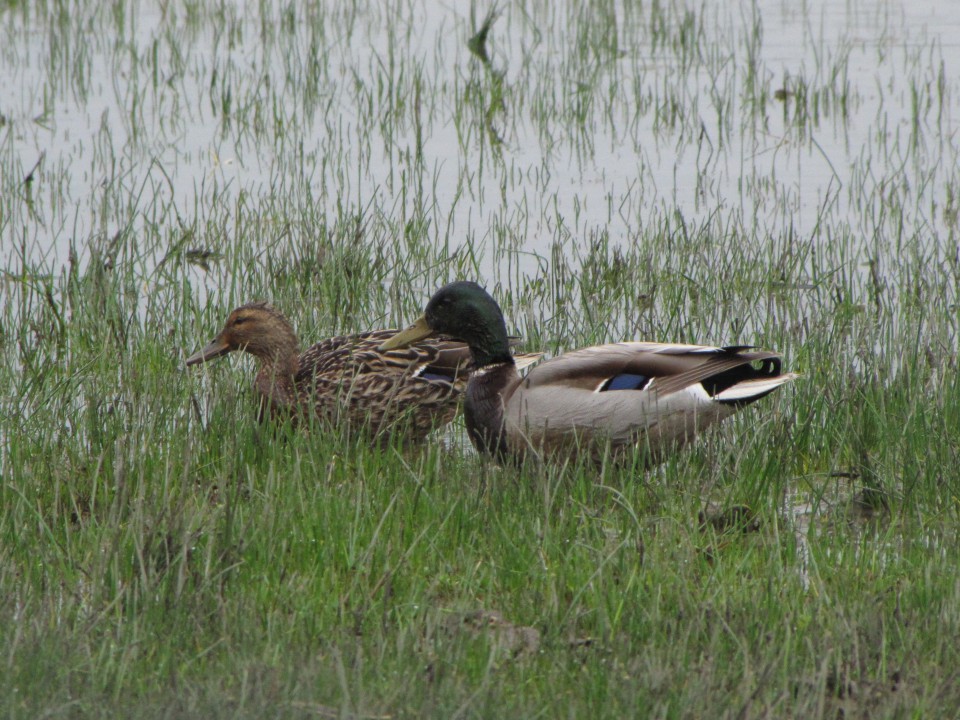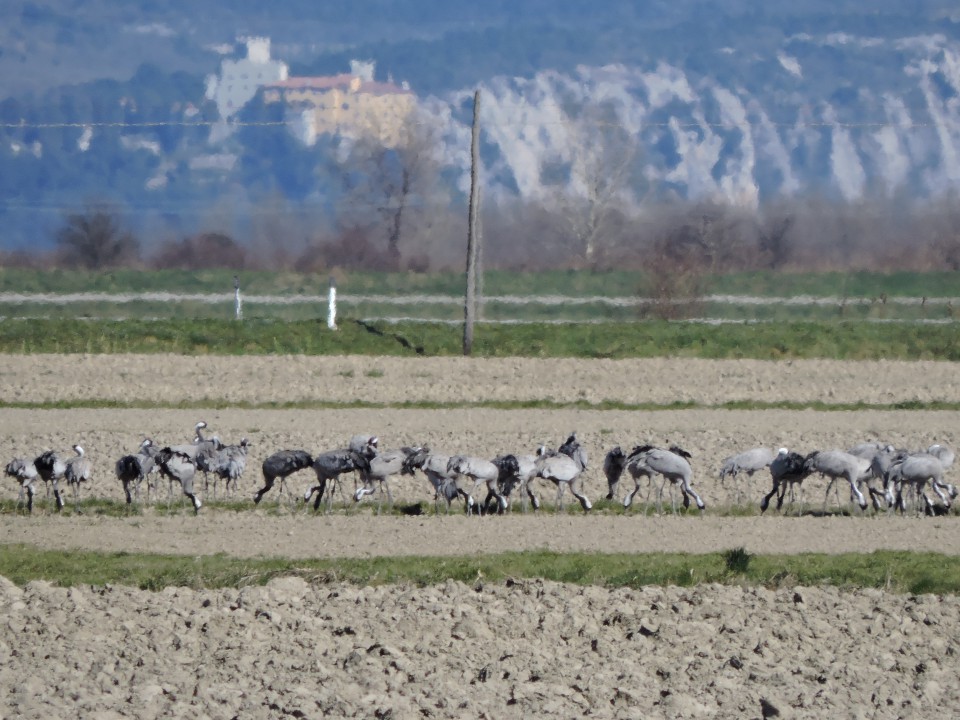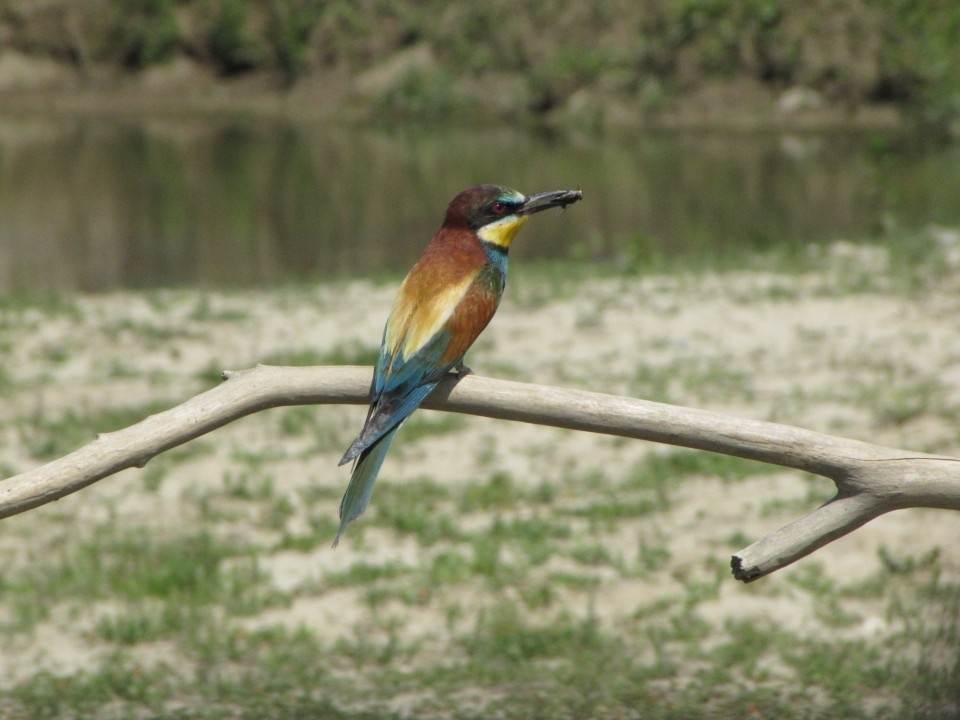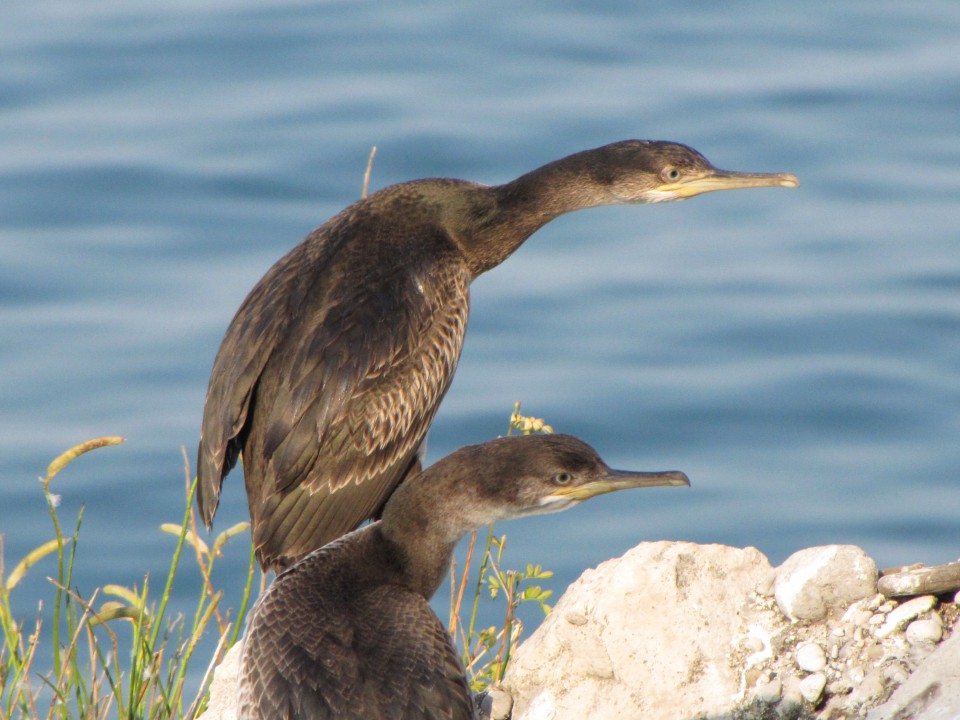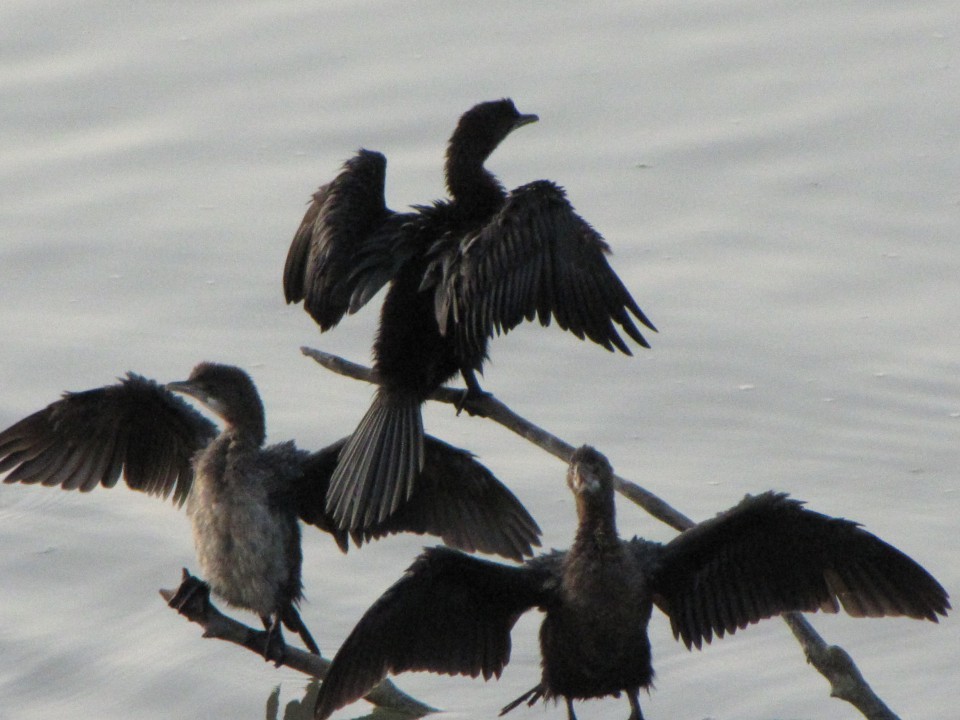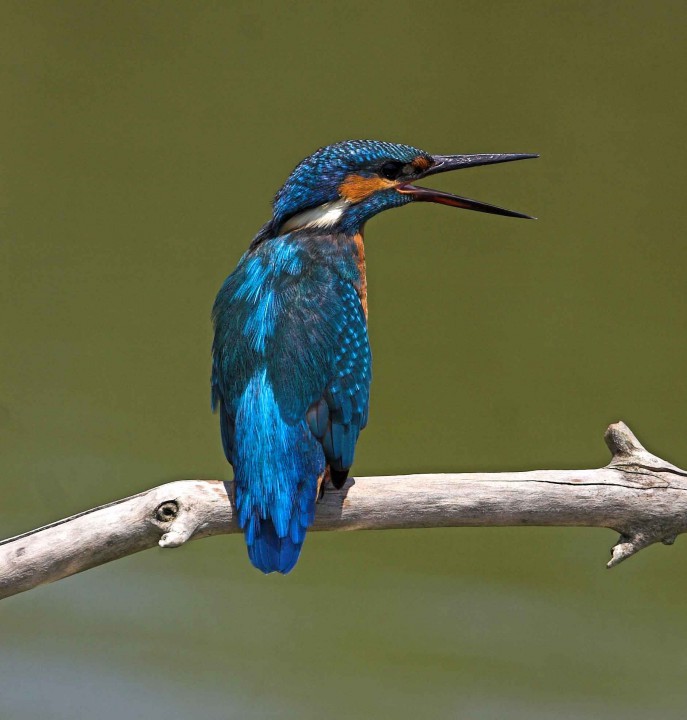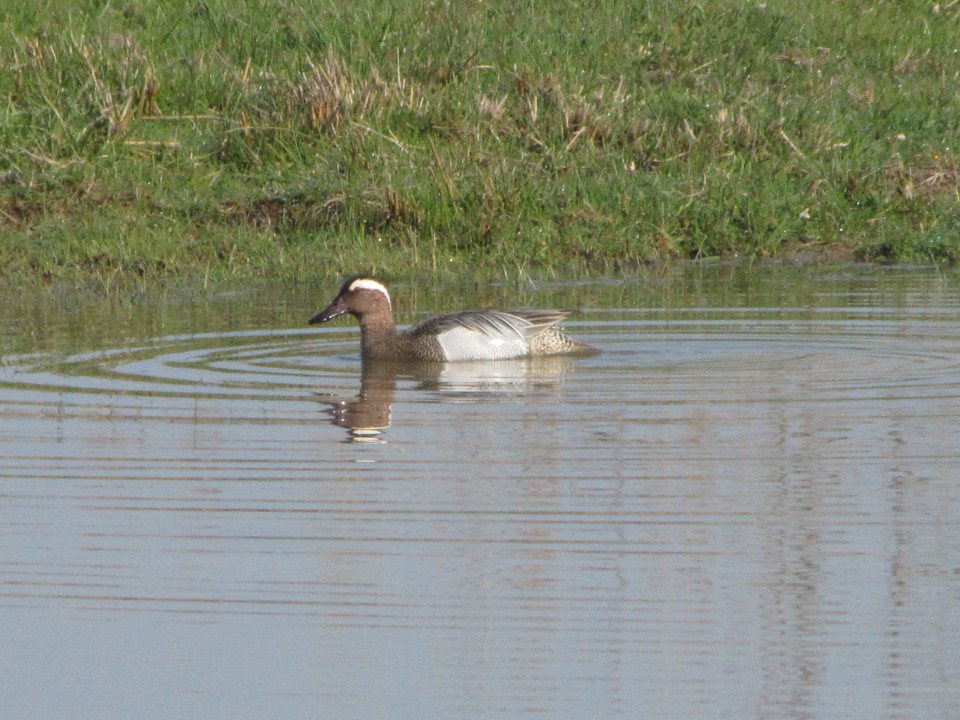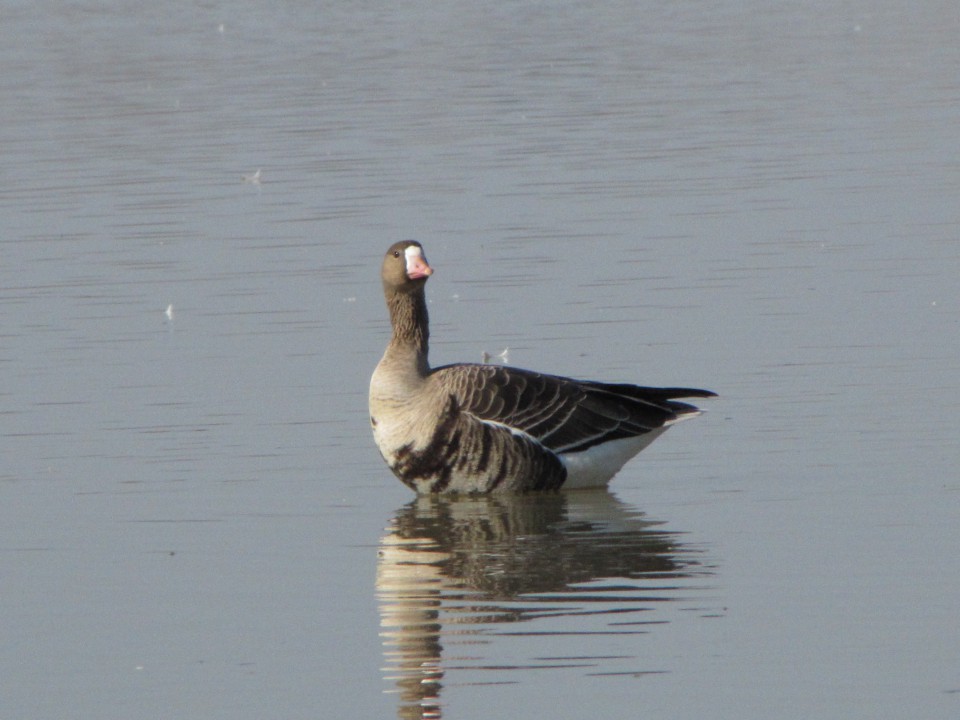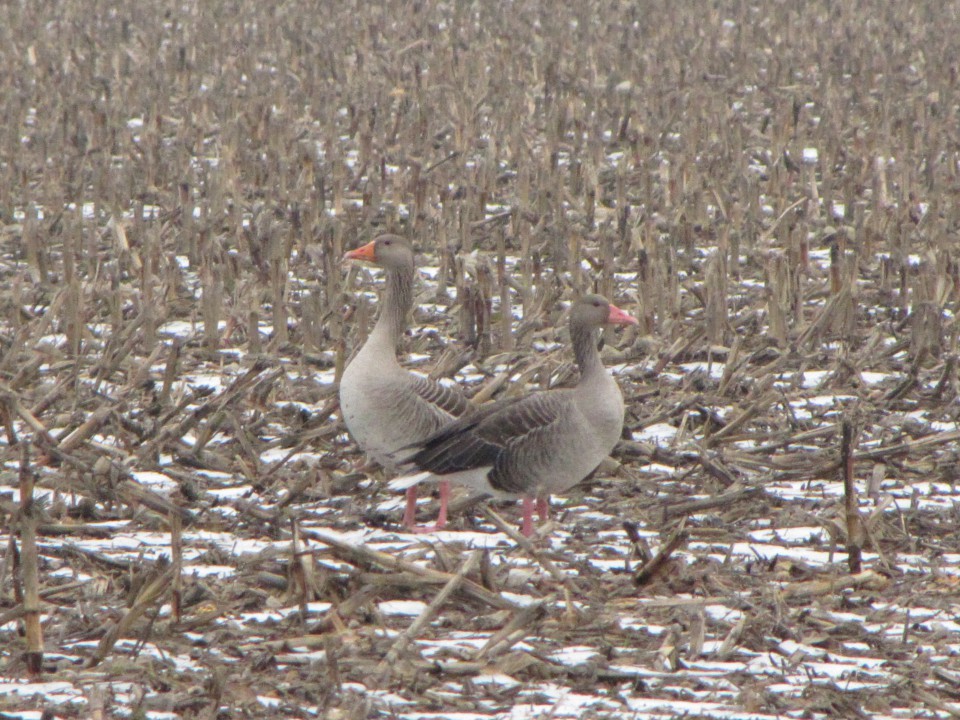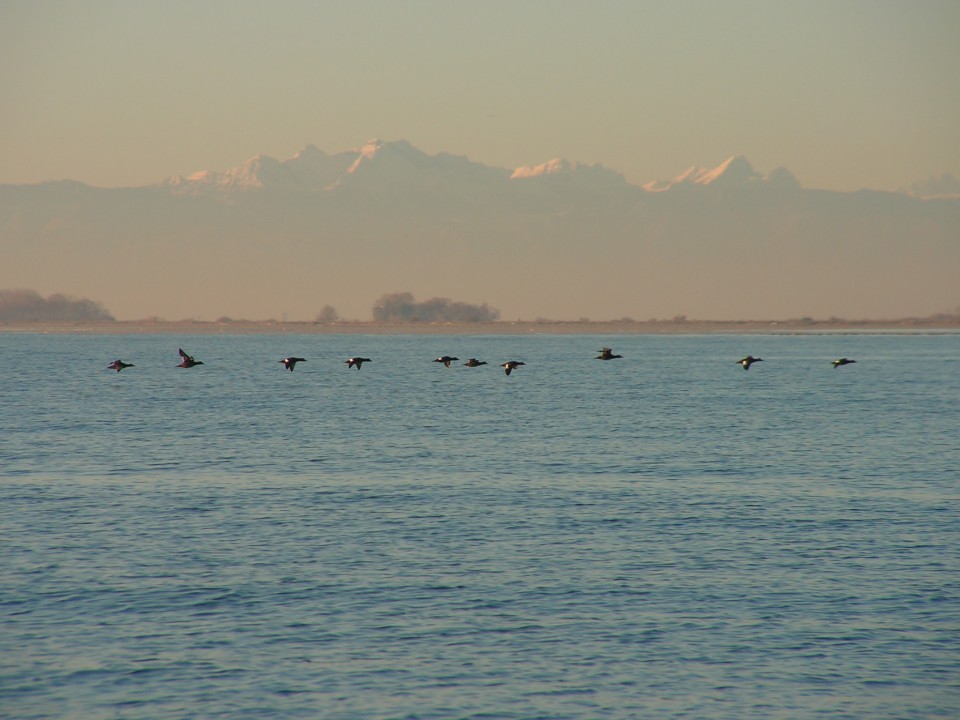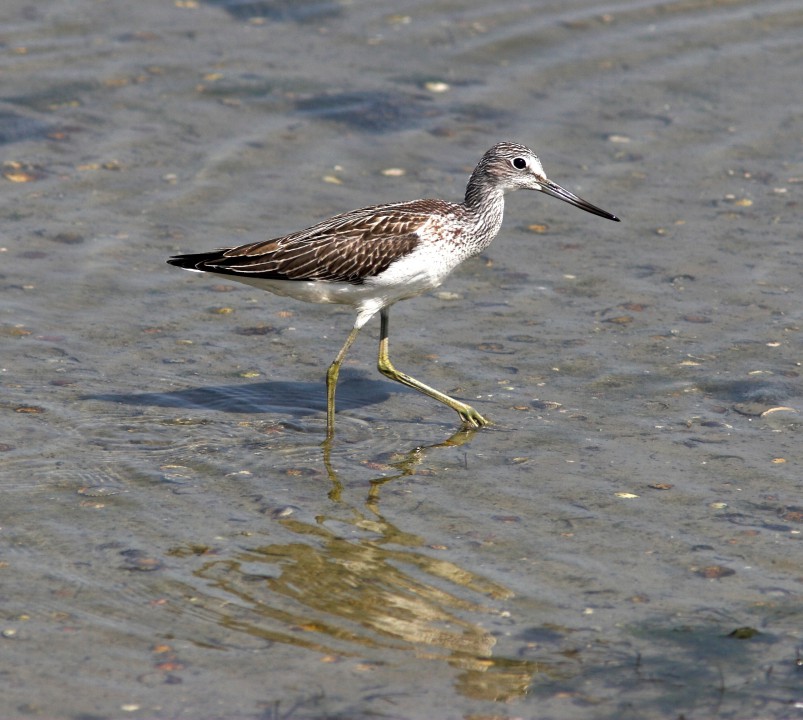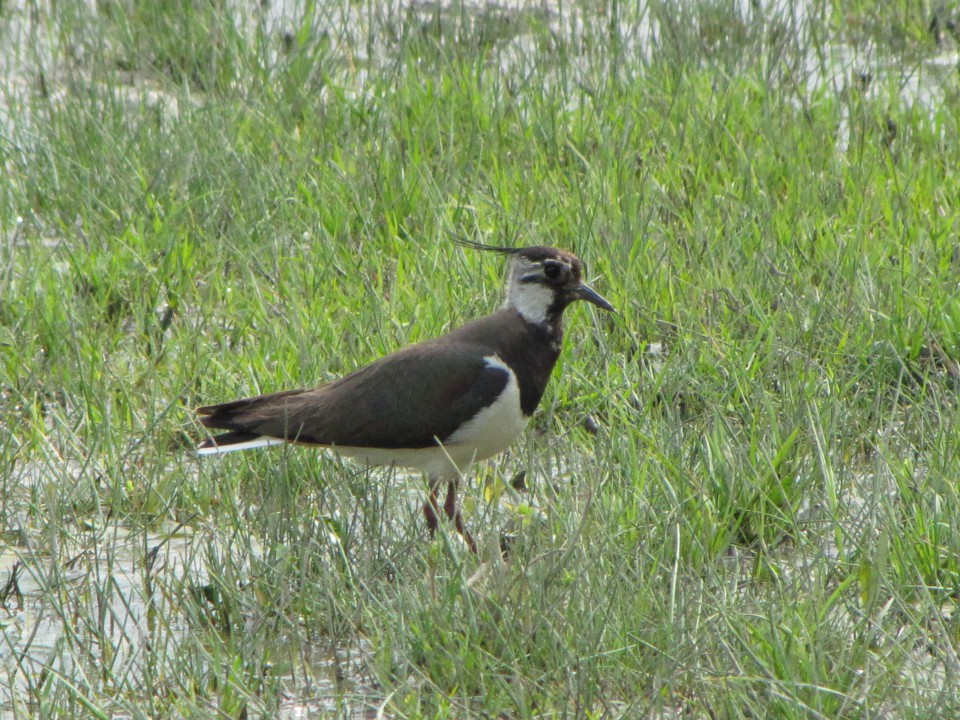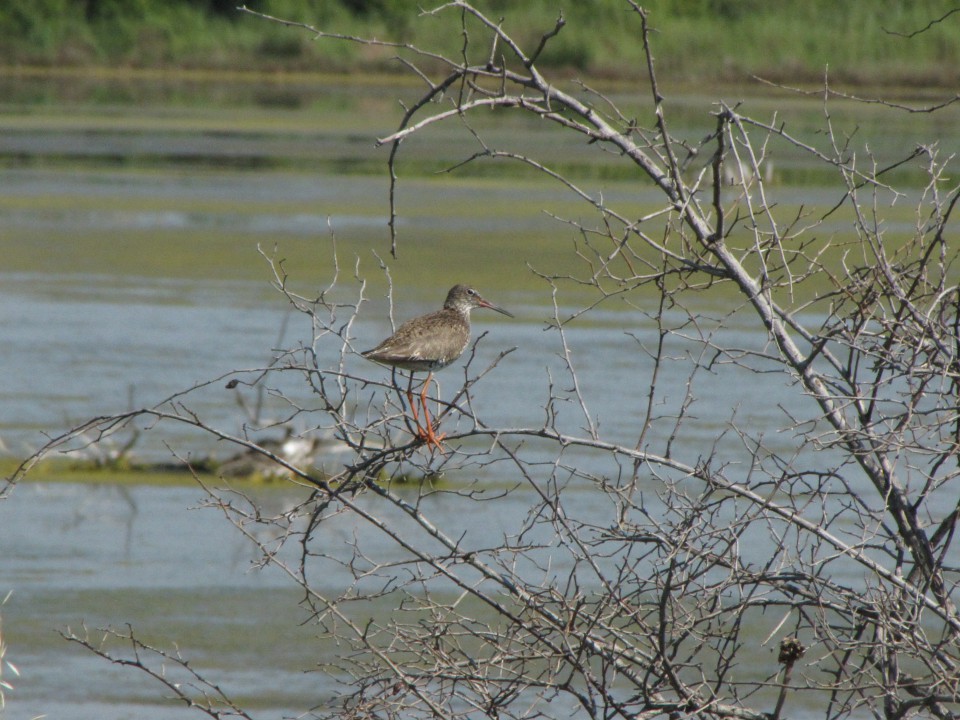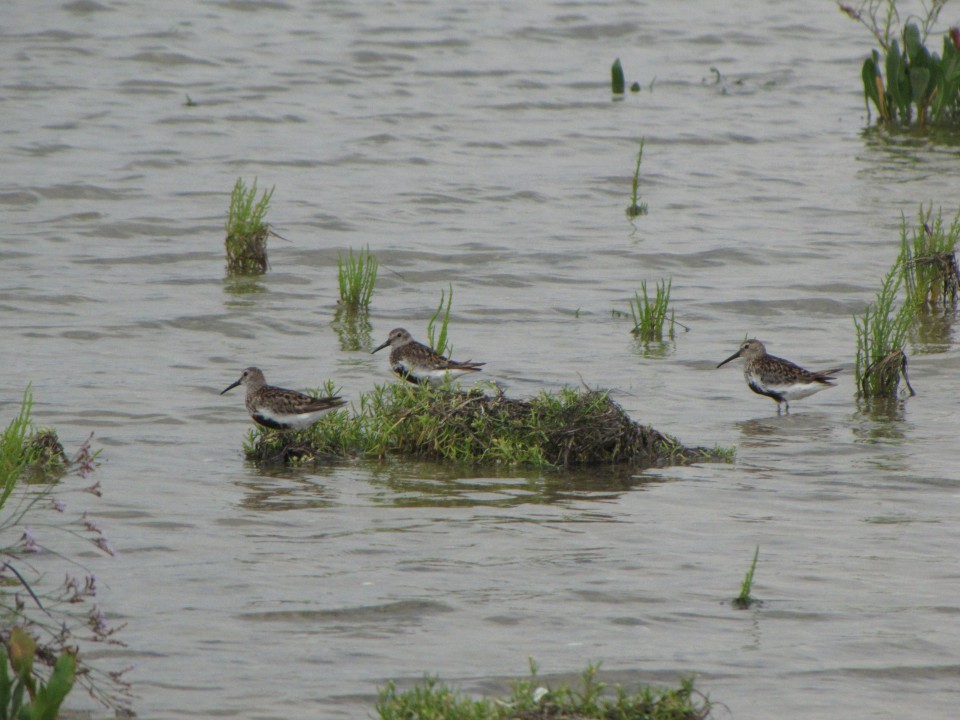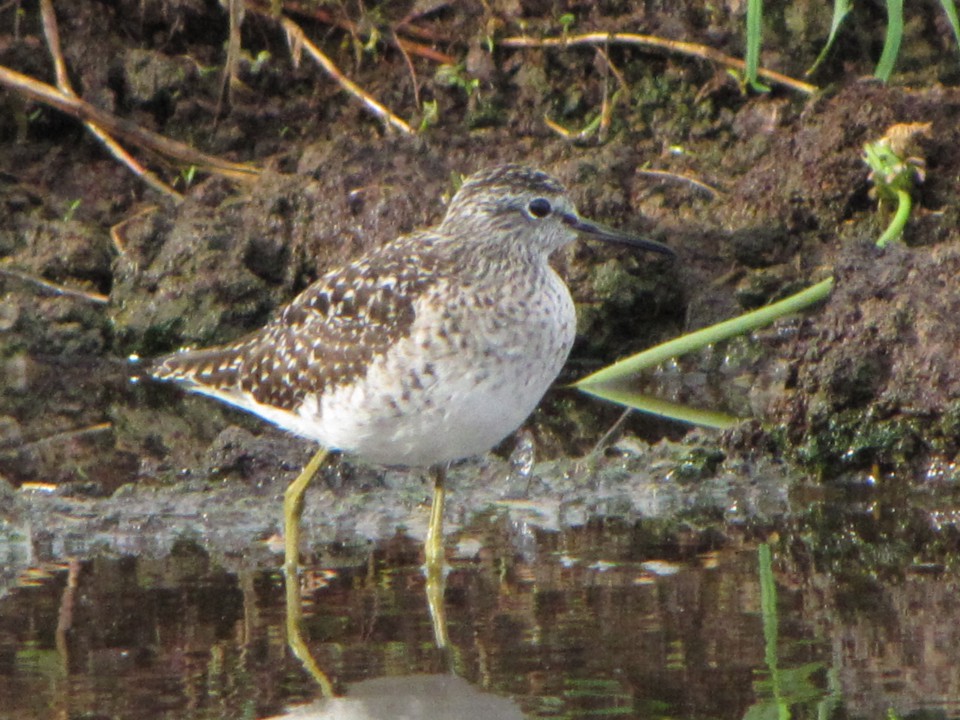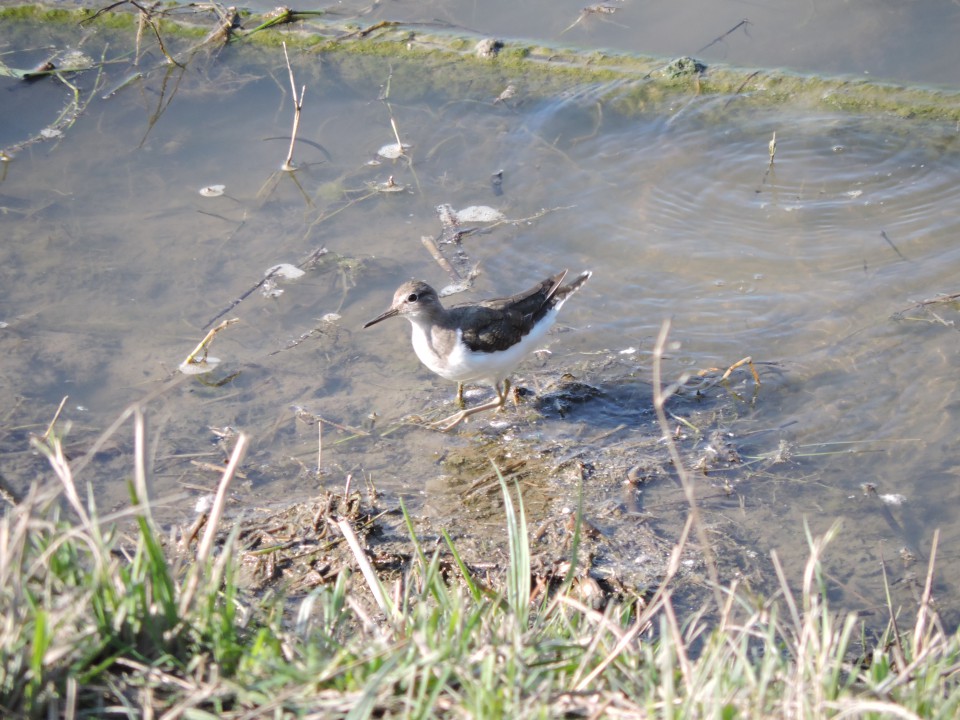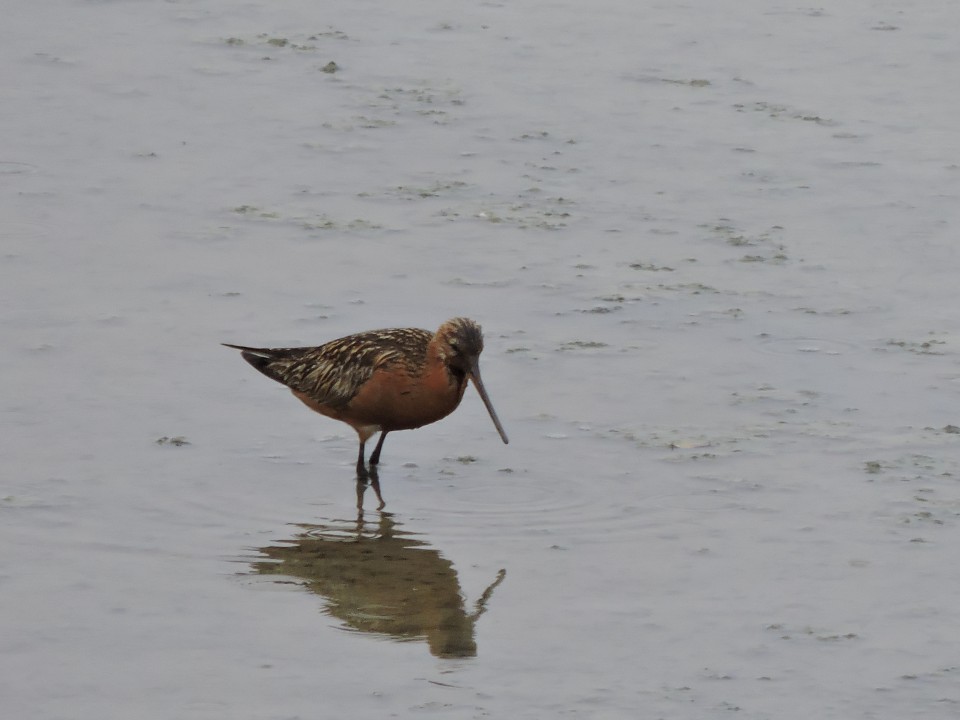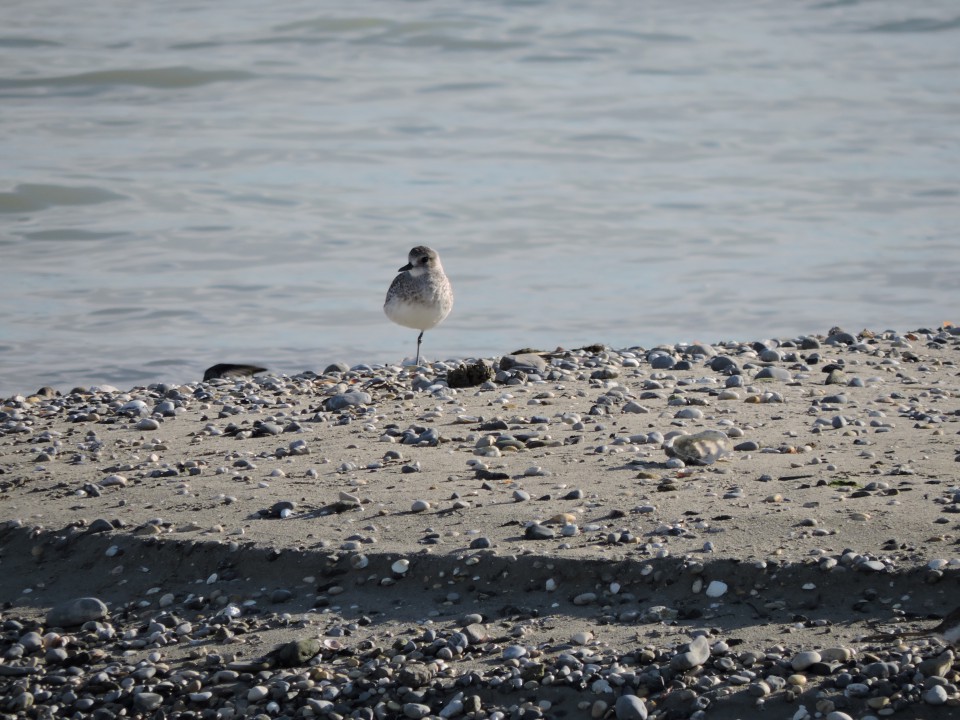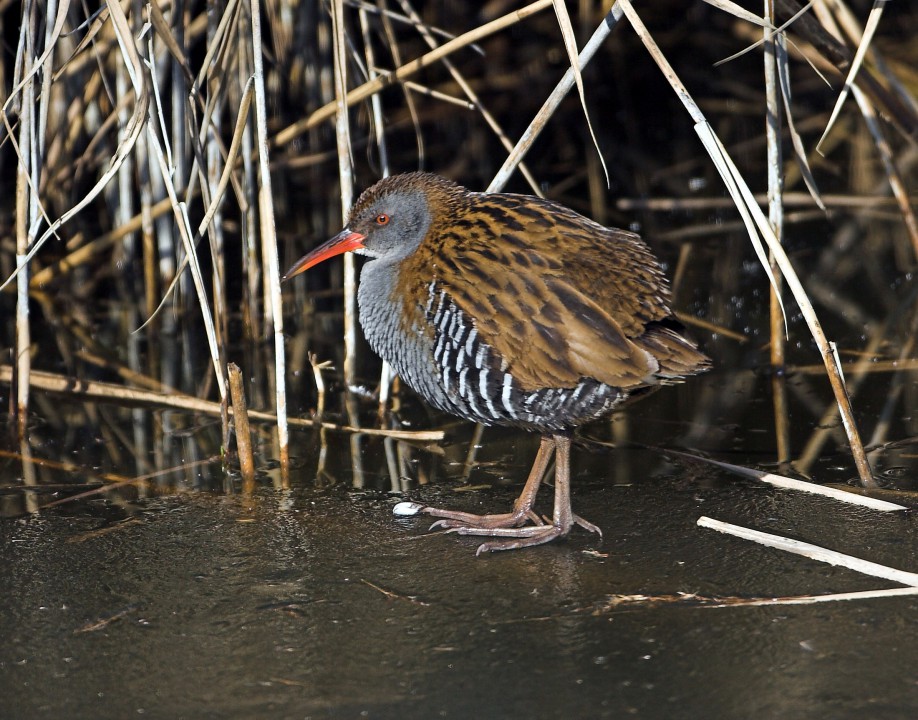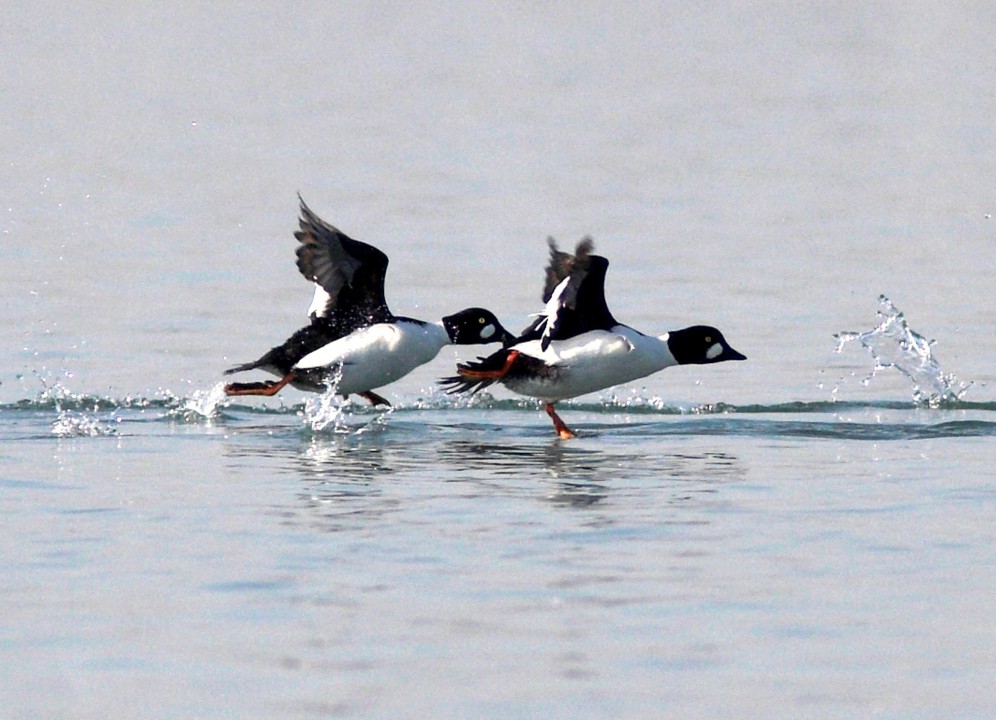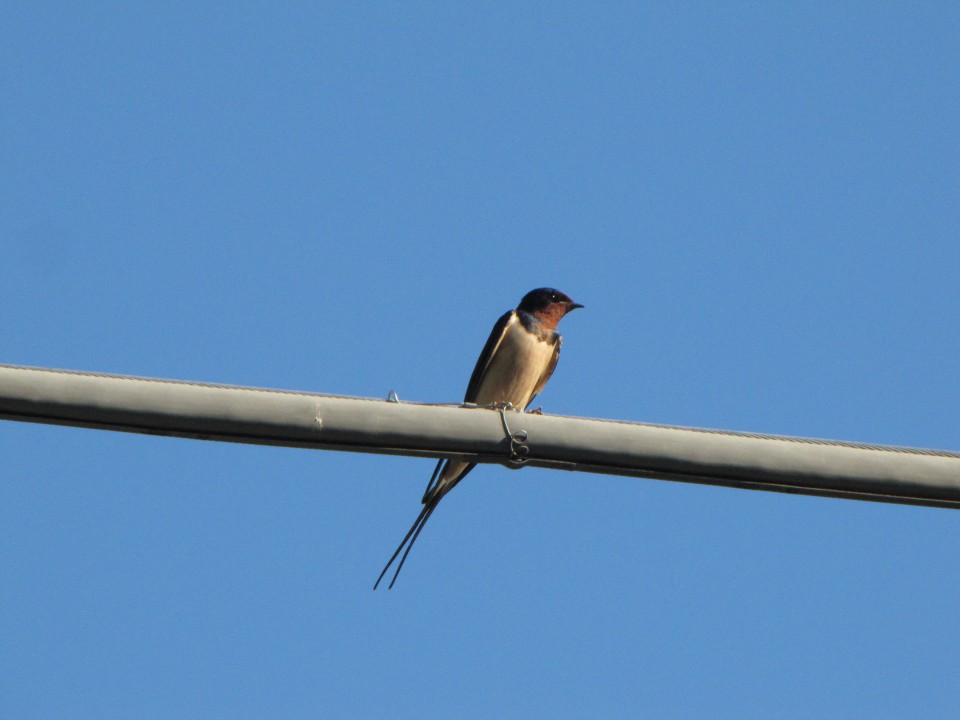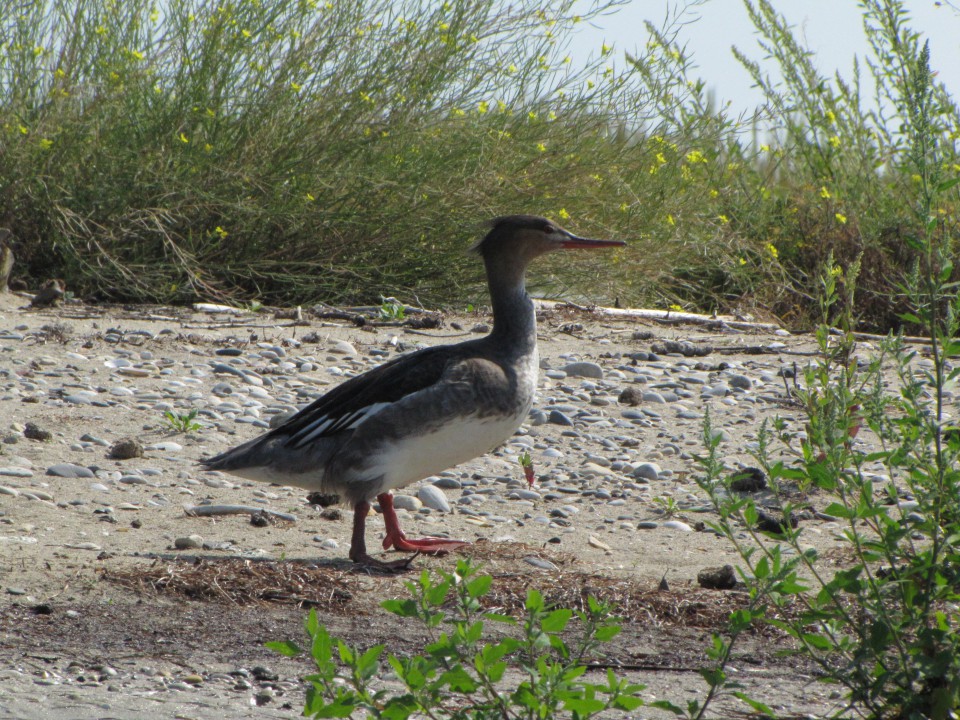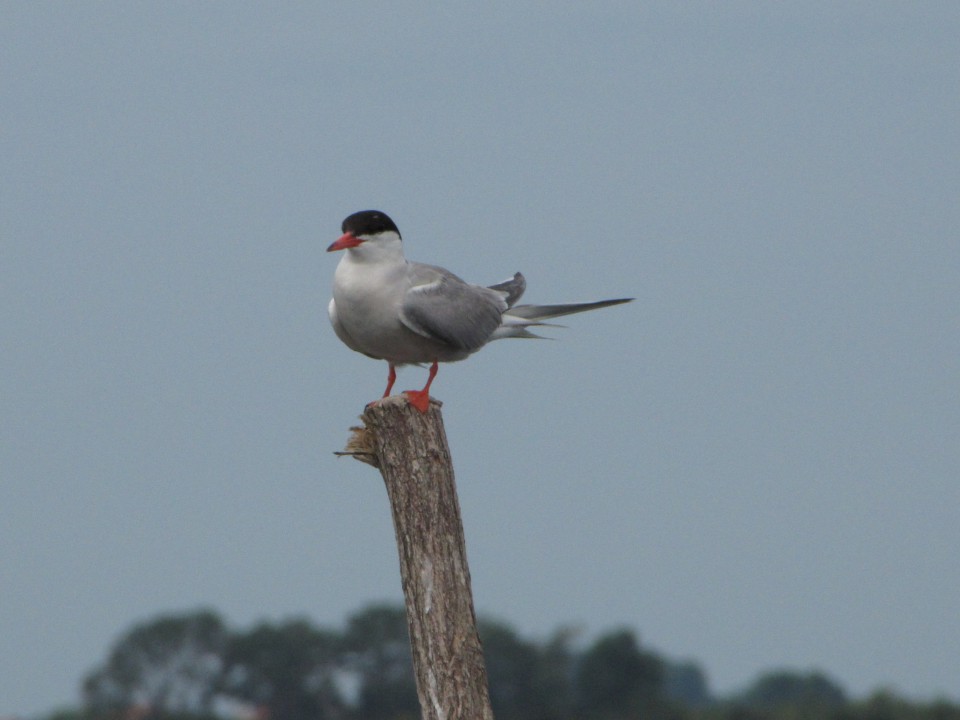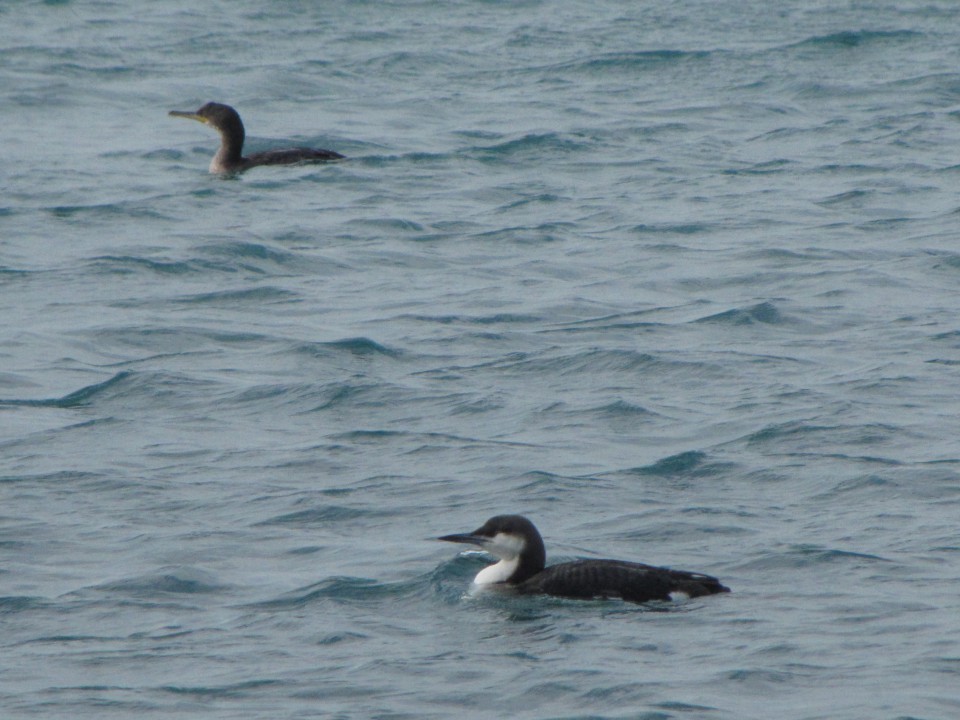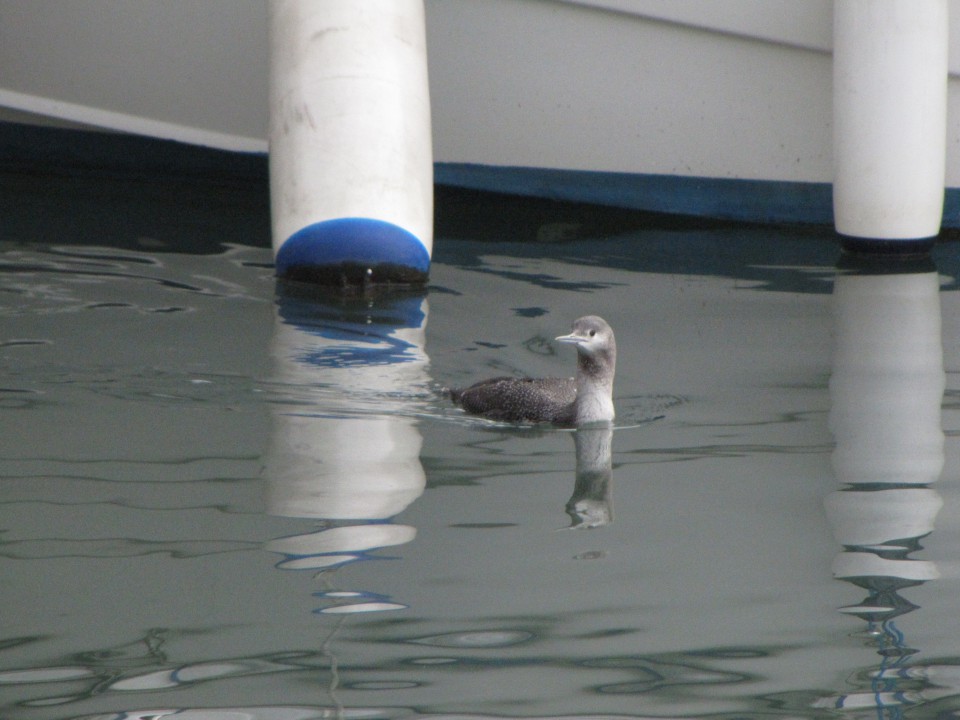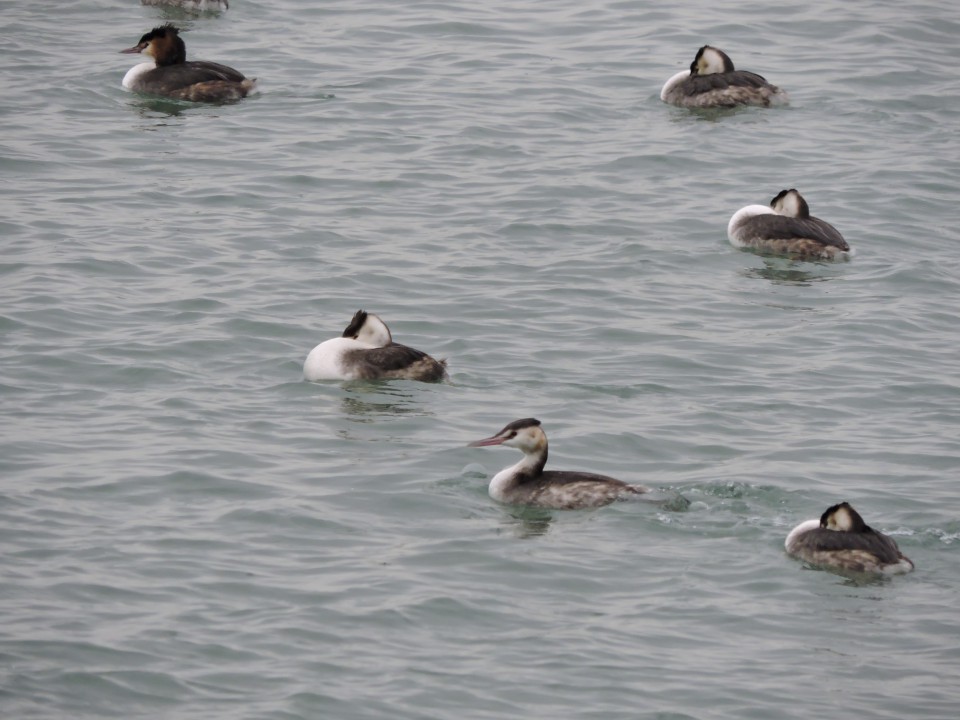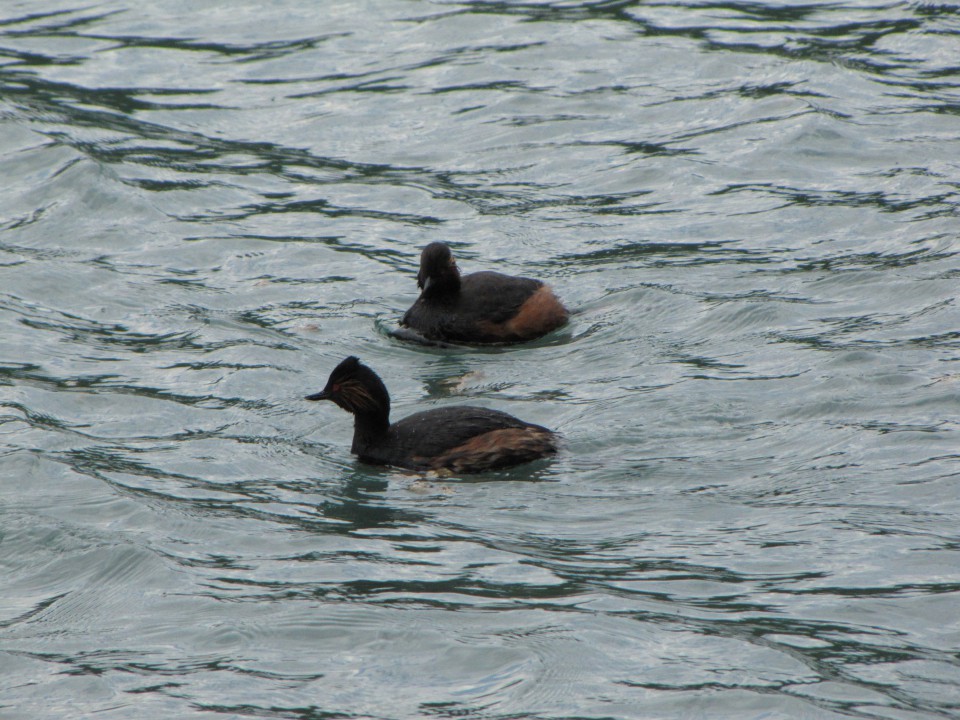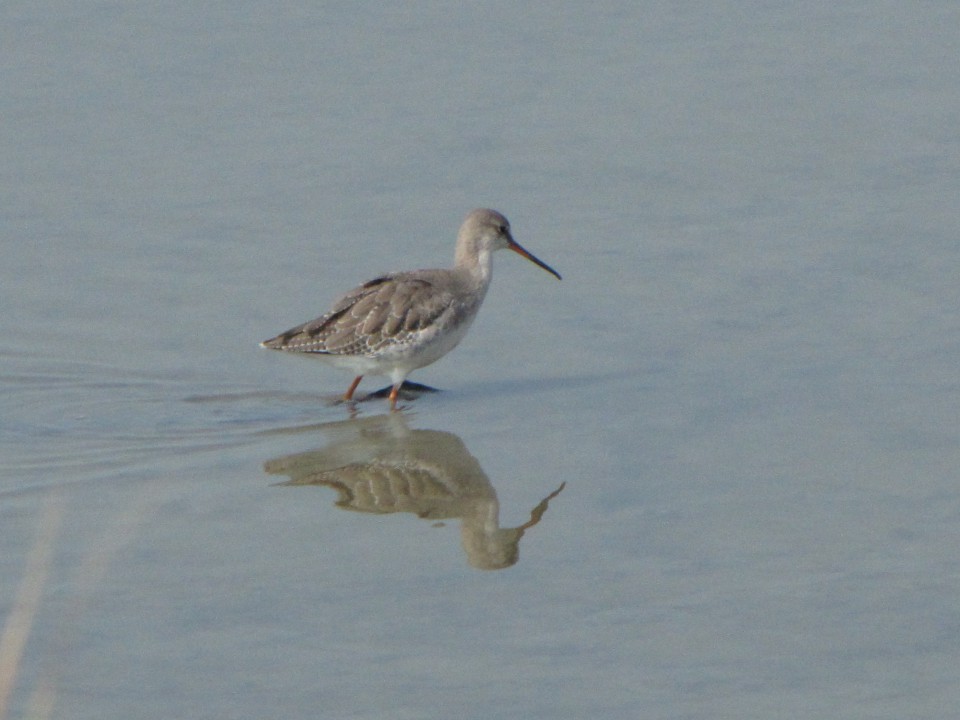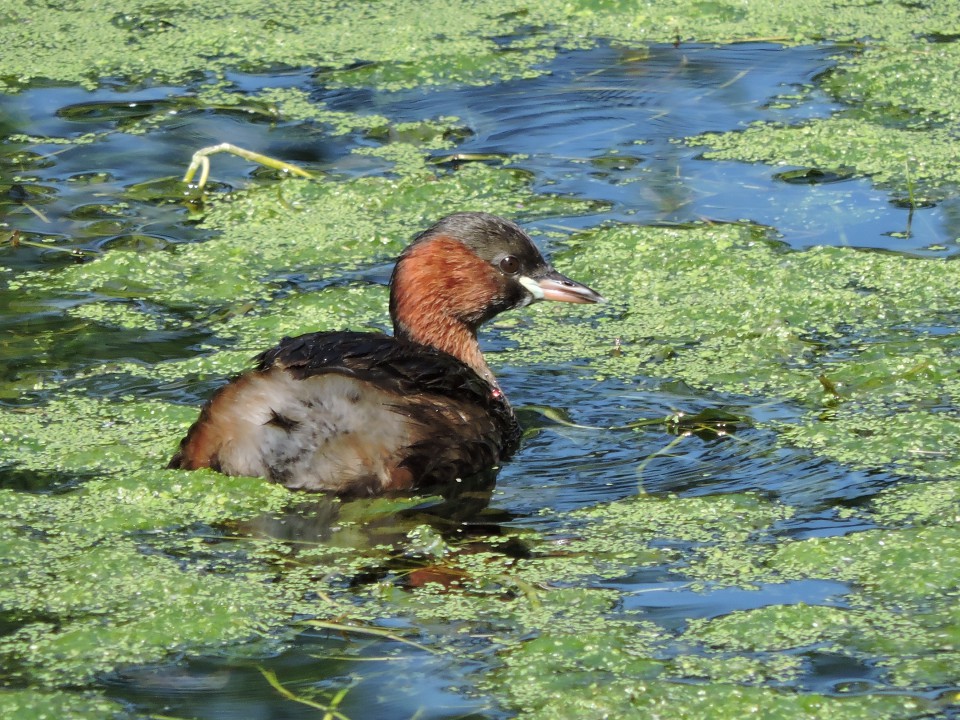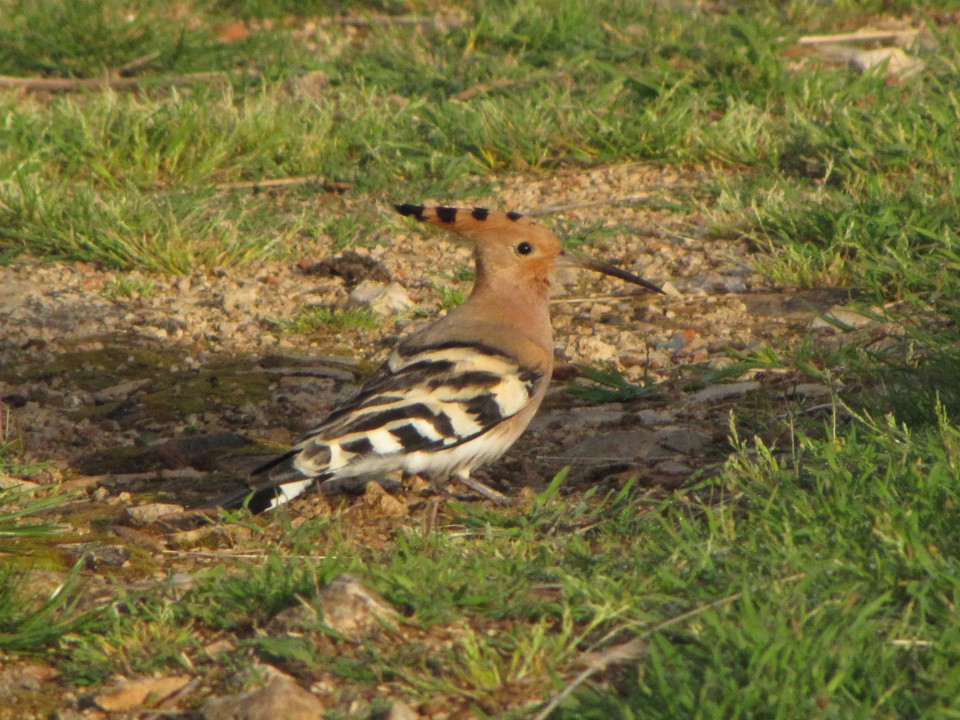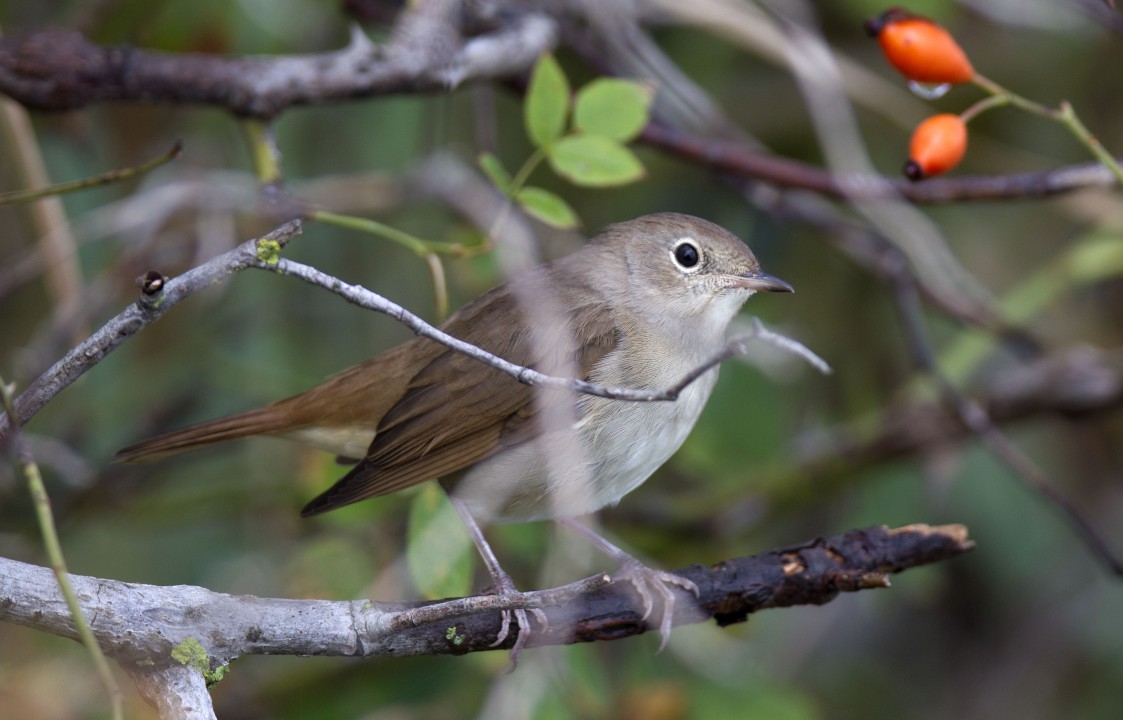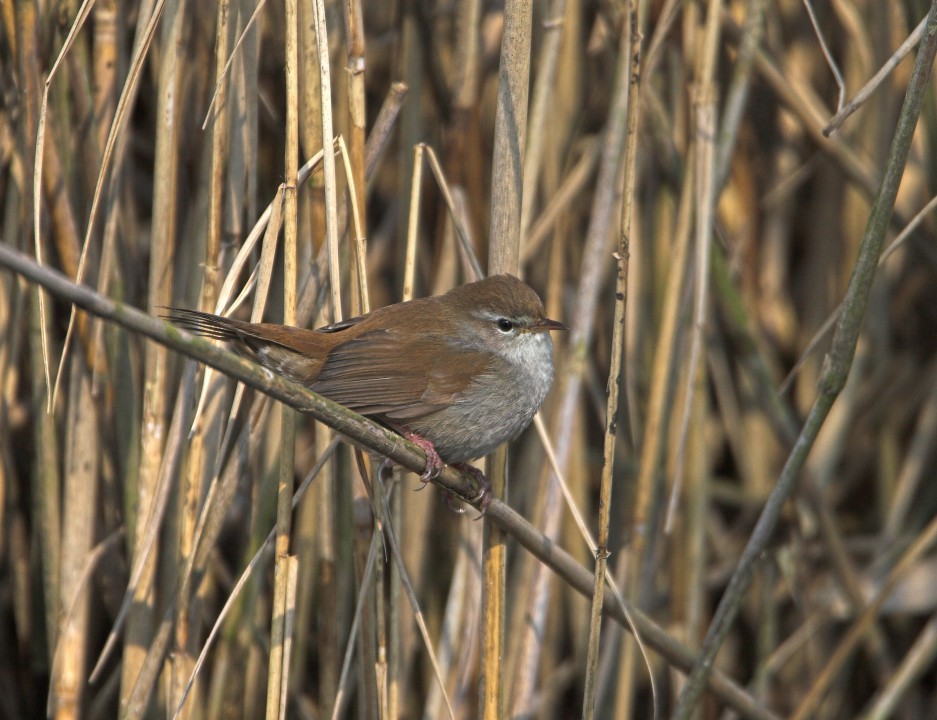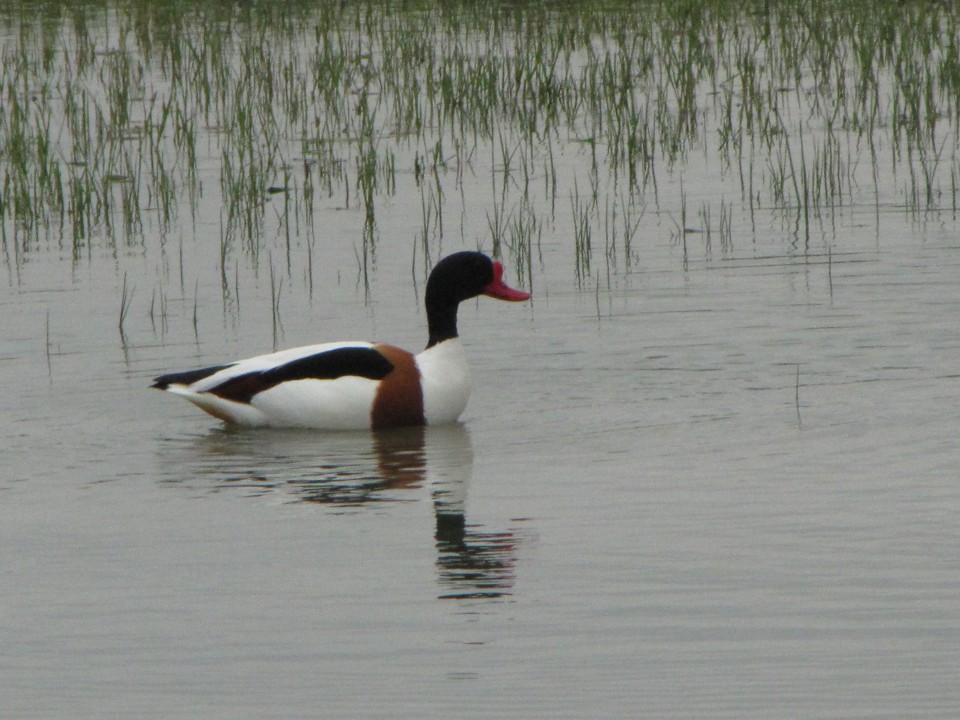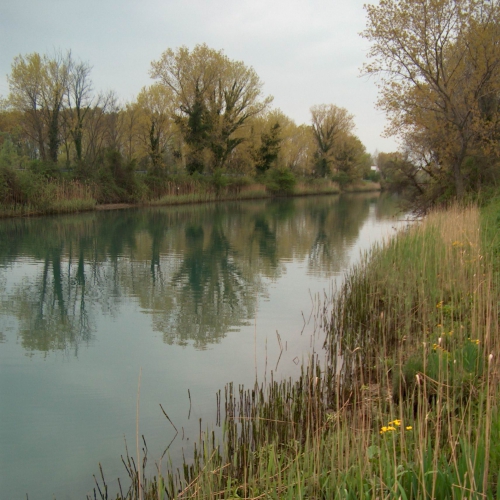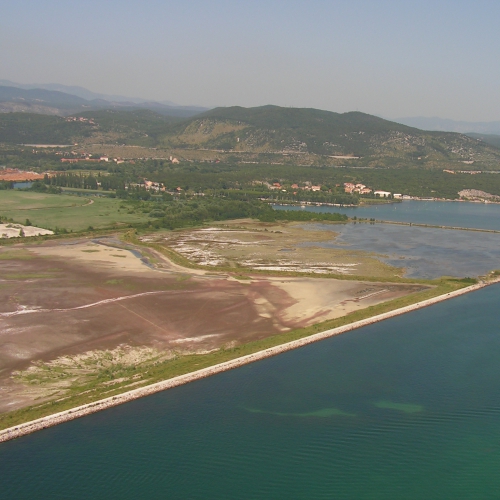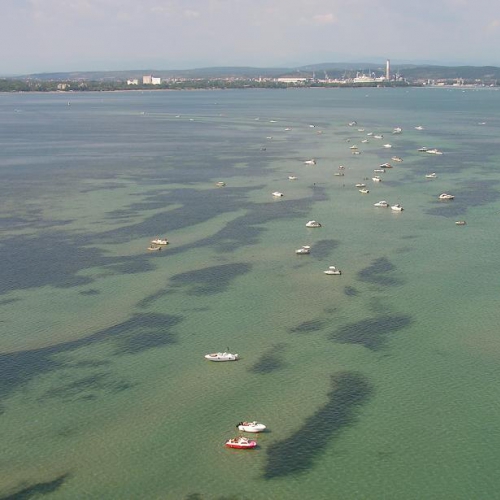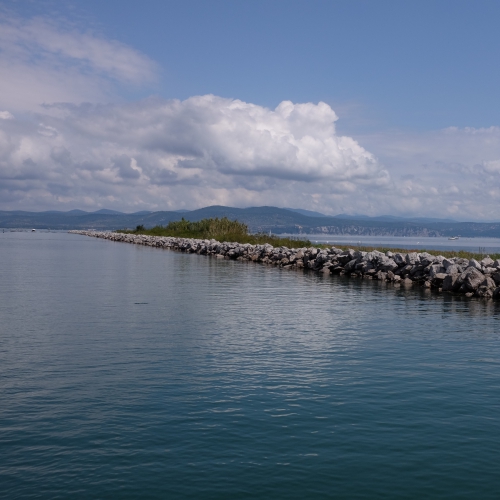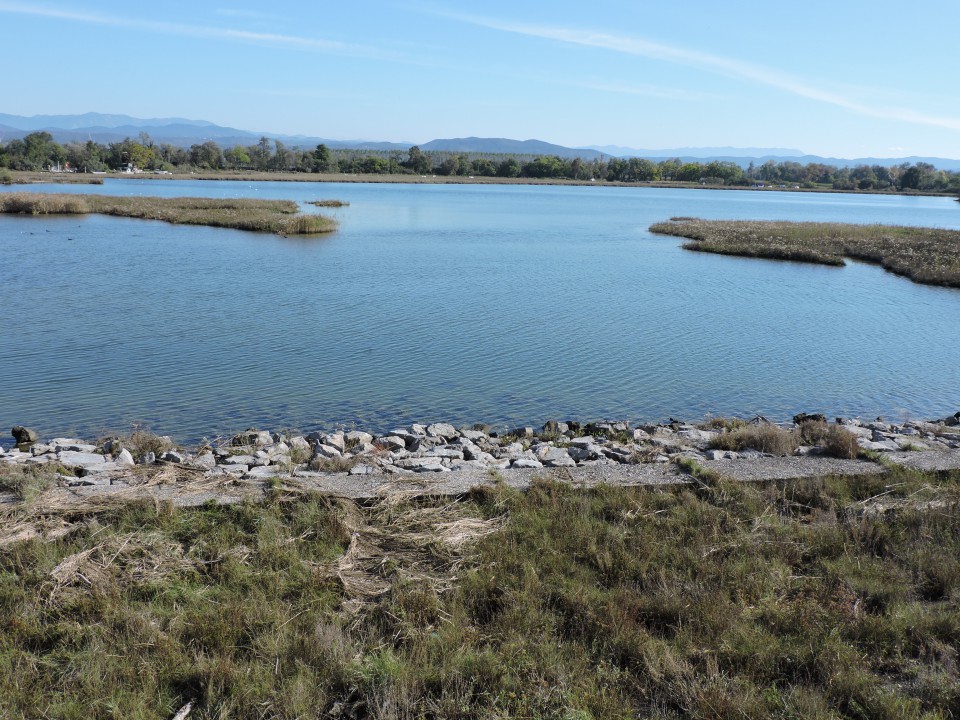
Descrizione
A ponente di Marina Julia la costa presenta un ampia piana di marea-velma che si estende verso il basso golfo di Panzano. Verso punta Barene, oltre l’argine a mare, si estendono limitate formazioni con vegetazione alofila. Le barene appunto. Le piane sono interessate da estese formazioni di fanerogame marine e ospitano un numero elevatissimo di uccelli acquatici da agosto ad aprile. Oltre la punta il canale della Quarantia separa la zona degli Alberoni e la bonifica del Brancolo dall’Isola della Cona. Un modesto corso d’acqua di risorgiva scendeva al mare dopo un breve tragitto ma una rotta del fiume Isonzo avvenuta a fine dell’800 provocò l’ampliamento di tale roggia tanto che in breve divenne la foce principale del fiume facendo temere per l’interramento del golfo di Panzano e del porto di Monfalcone. Nel 1934 la costruzione della diga costrinse l’Isonzo nel ramo Sdobba mentre la Quarantia è oggi un canale paralagunare con apporti di acque dolce nella parte superiore.
Luoghi d'interesse
Il paesaggio della pianura coltivata del Brancolo è interrotto da cortine alberate, resti della copertura boscosa originaria o più spesso da...
Vegetazione
Frequente nel mare a profondità inferiore ai 5 metri e nelle lagune soprattutto in corrispondenza di apporti di acqua dolce. Colonizza le...
Frequente in mare e nelle lagune, come la zoster ella forma estesi popolamenti molto importanti per la fauna ittica e gli uccelli acquatici.
E’ una pianta acquatica frequente in particolare nelle valli da pesca e in zone con apporti di acqua dolce e scarso ricambio iidrico. Molte...
E’ la quercia tipica della bassa pianura con suoli profondi e umidi. Presente nei boschi planiziali, lungo i corsi d’acqua e nei...
Specie arborea frequente lungo i fiumi e i litorali soprattutto su suoli sabbiosi. Di bel portamento viene usato come alberatura su viali e nei...
Come il pioppo bianco è frequente lungo i fiumi e i litorali ma risulta meno legato ai suoli sabbiosi. Una varietà ibrida viene...
Frequente nei boschi planizali dove predilige le stazioni più umide. Si trova lungo i fiumi e nei pressi delle risorgive. Piuttosto...
Arbusto e piccolo albero, resistente ai suoli salati ed alla siccità come ricordato dal D’Annunzio ne “la pioggia nel...
Specie alofila non è presente sulle barene ma sulla costa rocciosa e sulle opere portuali quali moli e dighe anche in zona lagunare.
Pianta ben diffusa nelle zone umide d’acqua dolce ed il reticolo idrografico minore che ospitano in aprile- maggio le vistose fioriture...
Specie alofila, forma popolamenti sulle barene e nelle valli da pesca in presenza di salinità moderata. Molto diffuso nella laguna di...
Pianta alofila, si trova nelle bassure retrodunali e nelle parti alte delle barene
Si trova in alcune zone retrodunali e nelle risorgive
Specie alofila forma estesi popolamenti sulle barene e risulta evidente durante la fioritura estiva.
Specie alofila si trova sulle barene e nella cassa di colmata del Lisert dove forma popolamenti estesi
Specie alofila è la prima pianta terrestre a colonizzare le piane di marea più elevate sopportando lunghe sommersioni.
Specie alofila molto frequente sulle barene della laguna di Grado.
Specie alofila risulta evidente durante la fioritura estiva
Specie alofila, i fiori gialli colorano il paesaggio estivo delle barene lagunari.
Specie nordamericana ampiamente diffusa nelle zone golenali e lungo i litorali. Si tratta di una specie esotica infestante che modifica fortemente...
Specie di origine nordamericana diffusa nelle zone coltivate e lungo I fiumi. Utilizzata per paleria e legna da ardere.
Tradizioni
E’ frequente osservare stormi molto numerosi di cigni reali davanti alle foci isontine e nelle lagune. Fino a 30 anni fa non era cosa facile...
Il fiume nasce a 1.100 metri d'altitudine sulle Alpi Giulie ad ovest del monte Tricorno, alto 2.864 metri, nella Val Trenta. La sua lunghezza...
La foce progressivamente si è spostata verso est. Circa 12000 anni fa sfociava a cinque chilometri davanti alla attuale posizione di Grado...
Ambienti
Le zone normalmente emerse della laguna sono denominate “barene” e sono caratterizzate dalla vegetazione alofila cioè tipica...
Le zone regolarmente sommerse dall’alta marea che si scoprono durante la bassa prendono il nome di “piana di marea”. Nel Friuli...
Nel secolo scorso vaste zone lagunari e palustri circumlagunari sono state bonificate per ricavare nuove zone agricole, industriali ed urbane. Per...
Il sistema lagunare del Friuli Venezia Giulia si estende tra la foce dell’Isonzo e quella del Tagliamento. Rispetto alla “sorella...
La linea di costa che un tempo (fino agli anni Venti) si modificava naturalmente a seconda dell’innalzamento ed abbassamento del livello del...
Una delle più estese e vitali praterie sommerse del Golfo è quella antistante le foci dell’Isonzo. Si tratta di piante con...
Uccelli
cm 85-100, sessi simili. Piumaggio bianco, becco giallo che diviene nero in periodo riproduttivo. Presente tutto l’anno, non nidifica. Numeroso...
cm 84-102, sessi simili. Presente tutto l’anno nidifica in colonia in boschetti lagunari e altre zone boscate dell’entroterra. La nidificazione...
cm 45-55, spiccato dimorfismo, il maschio è grigio con le punte delle ali nere, la femmina è bruna, entrambi hanno il groppone bianco. Presente...
cm 34-38, è l’ anatra più piccola. Specie prevalentemente svernante, alcune coppie nidificano e concentrazioni si osservano nelle zone umide...
cm 39-44, sessi simili, Bianca e nera con becco rosso-arancio e zampe rossastre. Presente tutto l’anno, durante lo svernamento, fenomeno recente,...
cm 23-28, sessi simili. Molto mimetico con un piumaggio bruno striato, ha un lungo becco diritto ed un volo caratteristico a zig-zag. Presente da...
cm 10-11, sessi simili. Piumaggio giallastro striato di scuro. Caratteristico canto : zip-zip-zip emesso in volo. Frequenta zone costiere ad alte...
cm 37-43, sessi simili, grigio chiaro superiormente, bianco nelle parti inferiori, con calottina nera con ciuffo sulla nuca e becco nero con apice...
cm 46-56, caratteristico “specchio alare” bianco. Specie prevalentemente svernante, alcune coppie nidificano. Frequenta le zone umide d’acqua...
cm 48-57, sessi simili. Brunastro con lungo becco ricurvo. Presente tutto l’anno ma non nidifica. Forma aggregazioni durante l’alta marea su...
cm 37-45, sessi simili. Brunastro con becco ricurvo, più corto del chiurlo maggiore, presenta caratteristiche strie scure sulla testa. Presente...
cm 140-160, colore bianco, grigio nei giovani, tubercolo alla base del becco, più evidente nel maschio. Presente tutto l’anno, numeroso presso...
cm 51-62, anatra elegante con collo lungo e, nel maschio lunghe timoniere centrali. Specie svernante, frequenta le piane di marea, i ripristini...
cm 77-94, sessi simili. Come pellicani e sule ha le 4 dita congiunte dalla membrana natatoria. Specie presente tutto l’anno, aumenta notevolmente...
cm 15-16, maschio con capo grigio e gola bianca nella sottospecie cinerocapilla , ventre giallo, coda lunga con timoniere esterne bianche. Durante le...
cm 43-55, spiccato dimorfismo, il maschio è più colorato mentre la femmina è tutta scura con testa e spalle giallo paglierino. Presente tutto...
cm 38-45, sessi simili. Parti superiori grigie-brune nei giovani, parti inferiori bianche barrate, ali appuntite e volo veloce. Presenta rutto...
cm 52- 60, parti superiori scure, inferiori bianche, ali lunghe. Presente durante le migrazioni in particolare in aprile -maggio e agosto-settembre....
cm 42-50, il maschio presenta una caratteristica macchia bianca sulle copritrici dell’ala. Specie svernante molto numerosa da settembre a marzo,...
cm 36-42, sessi simili. Nera fumo con becco e placca frontale bianca. Corre sull’acqua per prendere il volo. Presente tutto l’anno, nidifica con...
cm 35-39, sessi simili. A febbraio veste il cappuccio bruno scuro dell’abito nuziale che poi perde in luglio-agosto. Presente tutto l’anno...
cm 37-40, sessi simili. Rispetto al gabbiano comune ha il becco più massiccio e rosso corallo, la testa nera-durante la nidificazione- e le punte...
cm 52-58, sessi simili. Grigio superiormente, bianco inferiormente. Presente tutto l’anno e nidificante abbondante in laguna, sui tetti di Trieste...
cm 27-31, sessi simili. Scura con coda in parte bianca e becco rosso e giallo. Presente tutto l’anno, nidifica nelle zone umide d’acqua dolce e...
cm 55-65, sessi simili. Piumaggio bianco con lunghe penne, dette egrette. su nuca e dorso durante il periodi riproduttivo. Presente tutto l’anno...
cm 40-46, essi simili. Ricorda un gabbiano reale di minori dimensioni. Presente da novembre ad aprile, numerosa in alcuni inverni, Frequenta il mare,...
cm 50-60. spiccato dimorfismo, è il progenitore dell’anatra domestica. Presente tutto l’anno, molto adattabile, frequenta sia le zone umide che...
cm 96-119, sessi simili. Grigia con il capo bianco e nero e le punte delle ali nere. Vola con il collo teso, a differenza degli aironi che lo...
cm 25.29, sessi simili. Molto colorato ha un caratteristico volo adatto alla cattura di grossi insetti in volo. Si posa su rami senza foglie, fil...
cm 68-78, sessi simili. Il breve ciuffo è presente negli adulti in inverno e inizio primavera. Presente tutto l’anno diviene raro in inverno e...
cm 45-55, sessi simili Presente tutto l’anno nidifica in colonie, associato a varie specie di aironi. in alcuni boschetti lagunari. La...
cm 17-19, sessi simili. Azzurro superiormente, rosso inferiormente con grande becco scuro e coda molto corta che in volo lo fanno sembrare un...
cm 37-41, il maschio presenta una caratteristica striscia bianca dall’occhio alla nuca. Specie migratrice è presente da marzo a settembre....
cm 44-52, il maschio presente un caratteristico petto bianco. Specie prevalentemente svernante, alcune coppie si riproducono. Frequenta le zone umide...
cm 64-78, caratteristiche strie nere sull’addome e fronte bianca. Specie svernante, forma stormi anche numerosi, talora associati ad altre specie...
cm 74-84 grigia, sono evidenti in volo le copritrici chiare, è la progenitrice dell’oca domestica. Presente tutto l’anno, frequenta per...
cm 51-58, piumaggio scuro, nero nel maschio, con caratteristico specchio alare bianco. Presente durante lo svernamento e le migrazioni in mare e...
cm 30-34, sessi simili. Grigia superiormente, biancastra inferiormente, becco relativamente grosso leggermente rivolto all’insù. Presente tutto...
cm 28-31, sessi simili, nera cangiante superiormente, bianca inferiormente con caratteristico ciuffo sulla nuca ed ali arrotondate. Presente tutto...
cm 24-27, sessi simili. Grigio-bruna superiormente, più chiara inferiormente con evidente barra bianca sull’ala, più scura in abito nuziale;...
cm 17-21, sessi simili. Caratteristico ventre nero e parti superiori rossastre, grigiastro d’inverno. E’ il “limicolo” più numeroso durante...
cm 18.5-21, scuro e picchiettato di chiaro superiormente, più chiaro inferiormente. Presente da marzo a settembre, scarso a giugno, non nidifica....
cm 18-20,5 bruno chiaro superiormente. bianco sulle parti inferiori. Le ali hanno una sottile barra chiara e vengono spesso bloccate brevemente nel...
cm 33-41, sessi simili. Grigio bruna, con parti inferiori biancastre durante lo svernamento, rosse in abito nuziale. Becco lungo leggermente rivolto...
cm 26-29, sessi simili. Piumaggio grigio, bianco e nero sulle parti inferiori durante il periodo riproduttivo. Grigia d’inverno con...
cm 48-56, sessi simili, piumaggio molto variabile, in genere bruna con chiazze chiare. Presente tutto l’anno, più numerosa anche in laguna durante...
cm 23-26, sessi simili. Grigio inferiormente, bruno striato superiormente, becco lungo e ricurvo. Presente tutto l’anno, più numeroso d’inverno,...
cm 40-48, il maschio ha la testa nera con una caratteristica macchia bianca sulle guance. Presente durante lo svernamento e le migrazioni, frequenta...
cm 17-21, sessi simili. Nera superiormente, gola rossa e ventre biancastra. Presente da marzo-aprile e settembre-ottobre, Nidifica sotto manufatti...
cm 52-58, maschio con testa verde scuro e collarino bianco, femmina con testa rossastra. Presente durante lo svernamento è frequente durante la...
cm 34-37, sessi simili. Grigia chiara superiormente bianca nelle parti inferiori, con calottina nera e becco rosso. È la classica rondine di mare...
cm 63-75, sessi simili. D’inverno il piumaggio è grigio scuro superiormente, biancastro inferiormente Il becco è più massiccio e tenuto...
cm 55-67, sessi simili. Durante l’inverno ha un piumaggio grigio, biancastro inferiormente. Presente d’inverno in mare e nelle zone più profonde...
cm 46-51, sessi simili Grigio superiormente, biancastro inferiormente, nell’abito nuziale mostra evidenti ciuffi sul capo e guance. Presente tutto...
cm 28-34, sessi simili. Grigio e biancastro d’inverno, veste il collo nero ed un ciuffo giallo dietro l’occhio rosso a marzo. Presente da agosto...
cm 29-33, sessi simili, Abito nuziale nerastro, abito post riproduttivo biancastro inferiormente e grigio superiormente, becco sottile e zampe...
cm 23-29, sessi simili, bruno d’inverno, nero con guance sossastre in abito riproduttivo. Presente tutto l’anno, nidifica nelle zone umide...
cm 25-29, sessi simili, piumaggio arancio barrato di nero, cresta erettile sul capo, volo sfarfallante. Presente da aprile a settembre ed è...
cm 15-16.5, sessi simili. Bruno rossastro superiormente più chiaro nelle pari inferiori. Presente da aprile a settembre. Nidifica in boschetti...
cm 13.14, sessi simili. Piumaggio bruno rossastro, Canto forte e scoppiettante che risuona spesso al nostro arrivo nel territorio di un maschio....
cm 55-65, aspetto bianco e scuro, becco rosso con tubercolo nel maschio. Presente tutto l’anno, frequenta le zone soggette a marea e le valli da...

